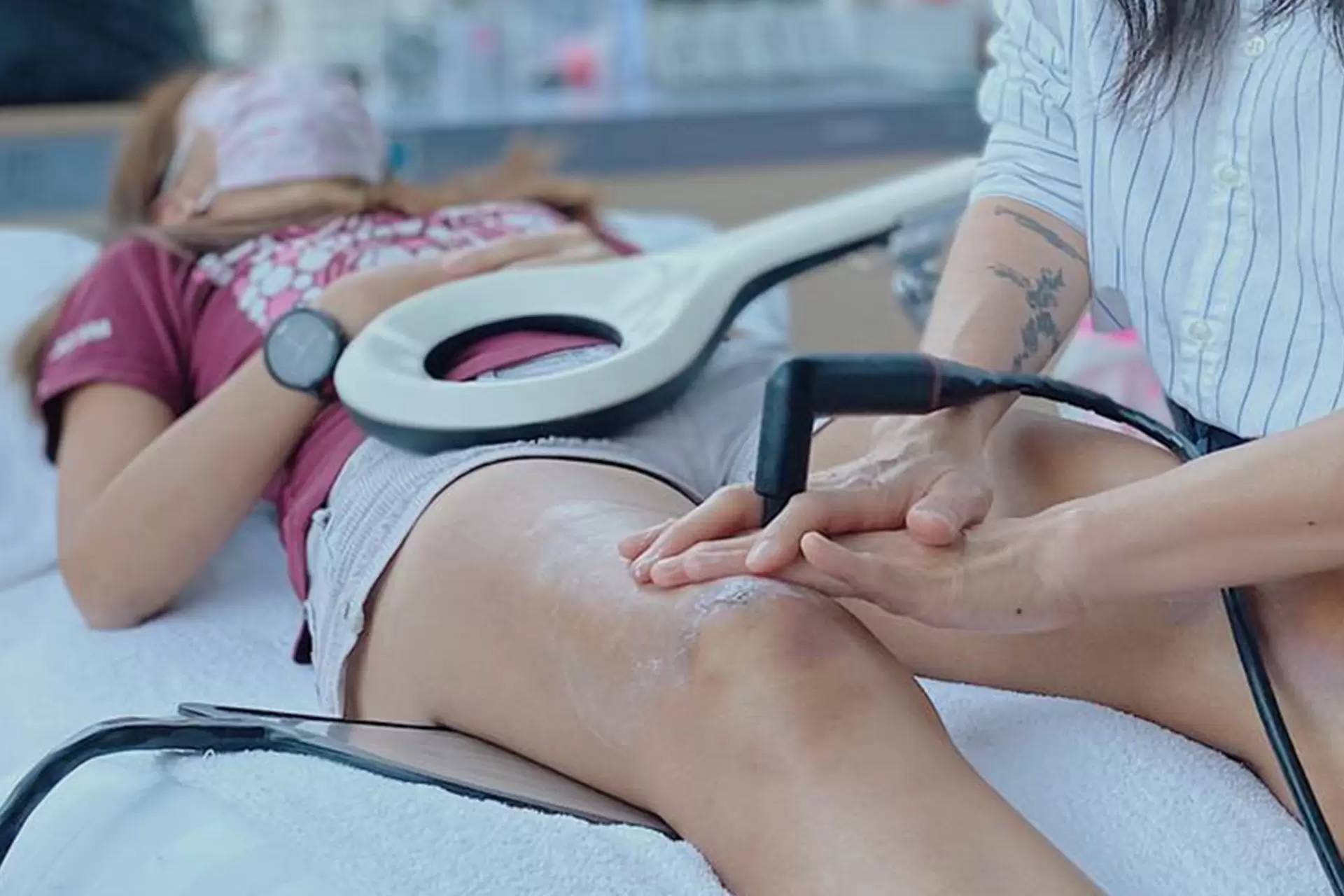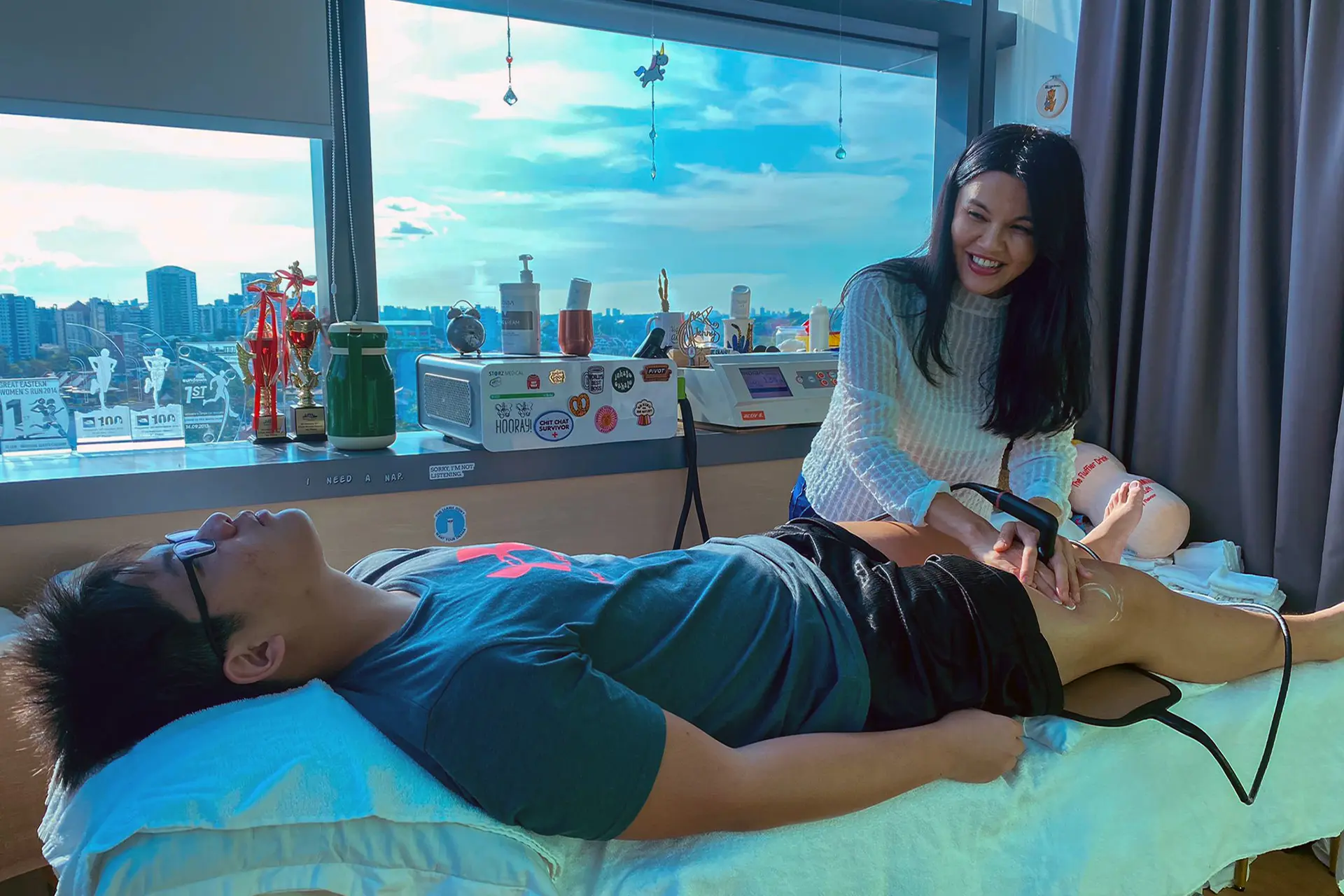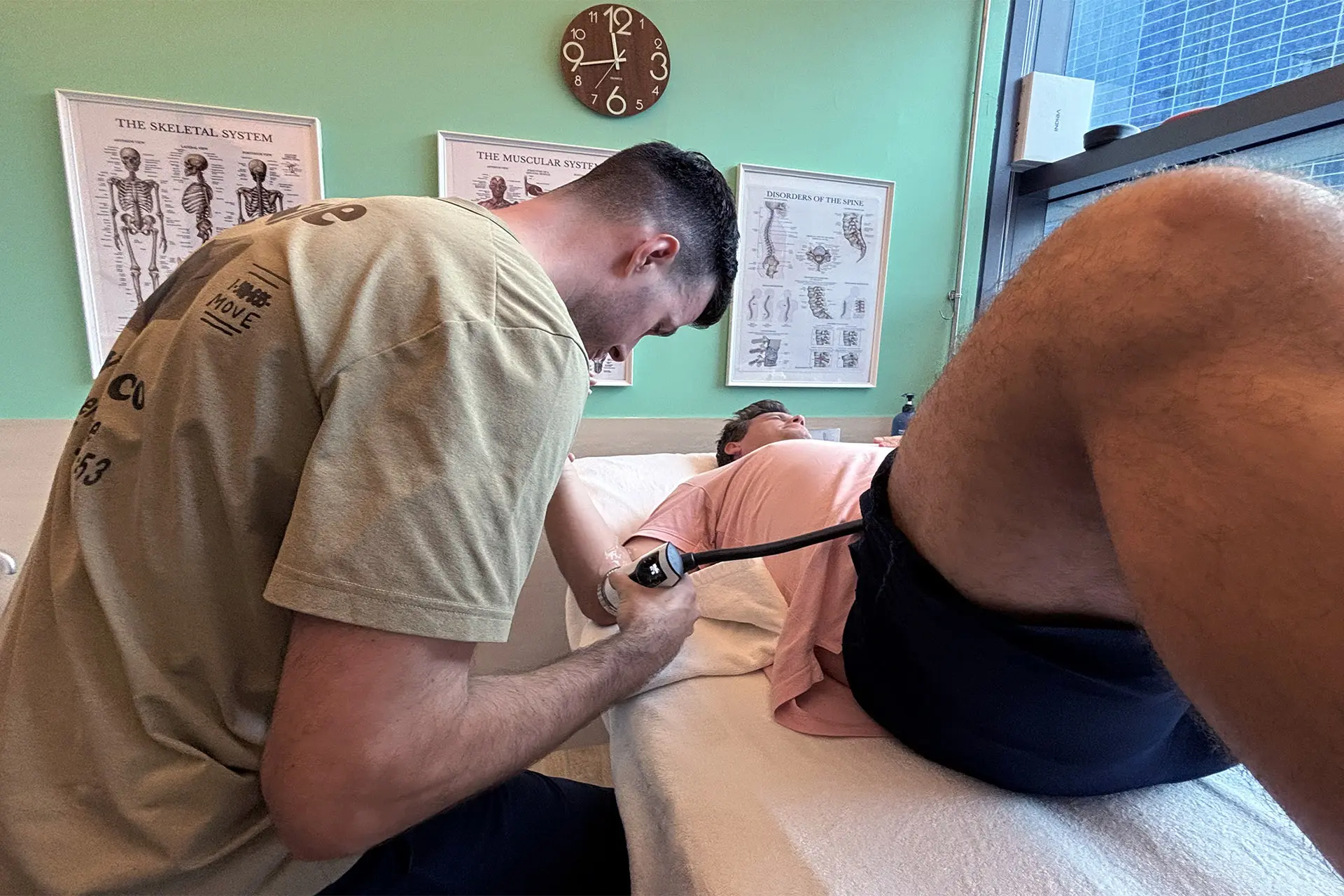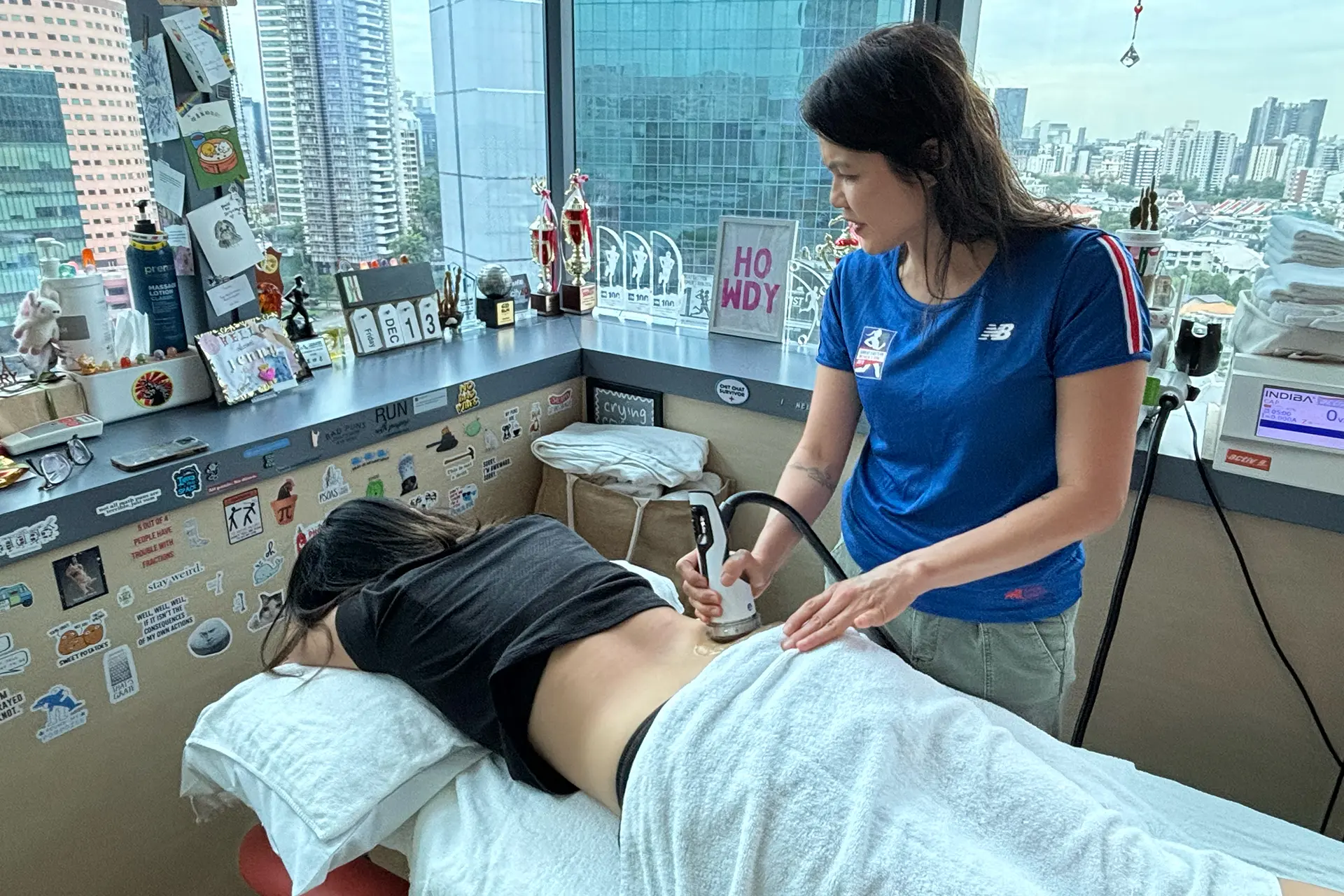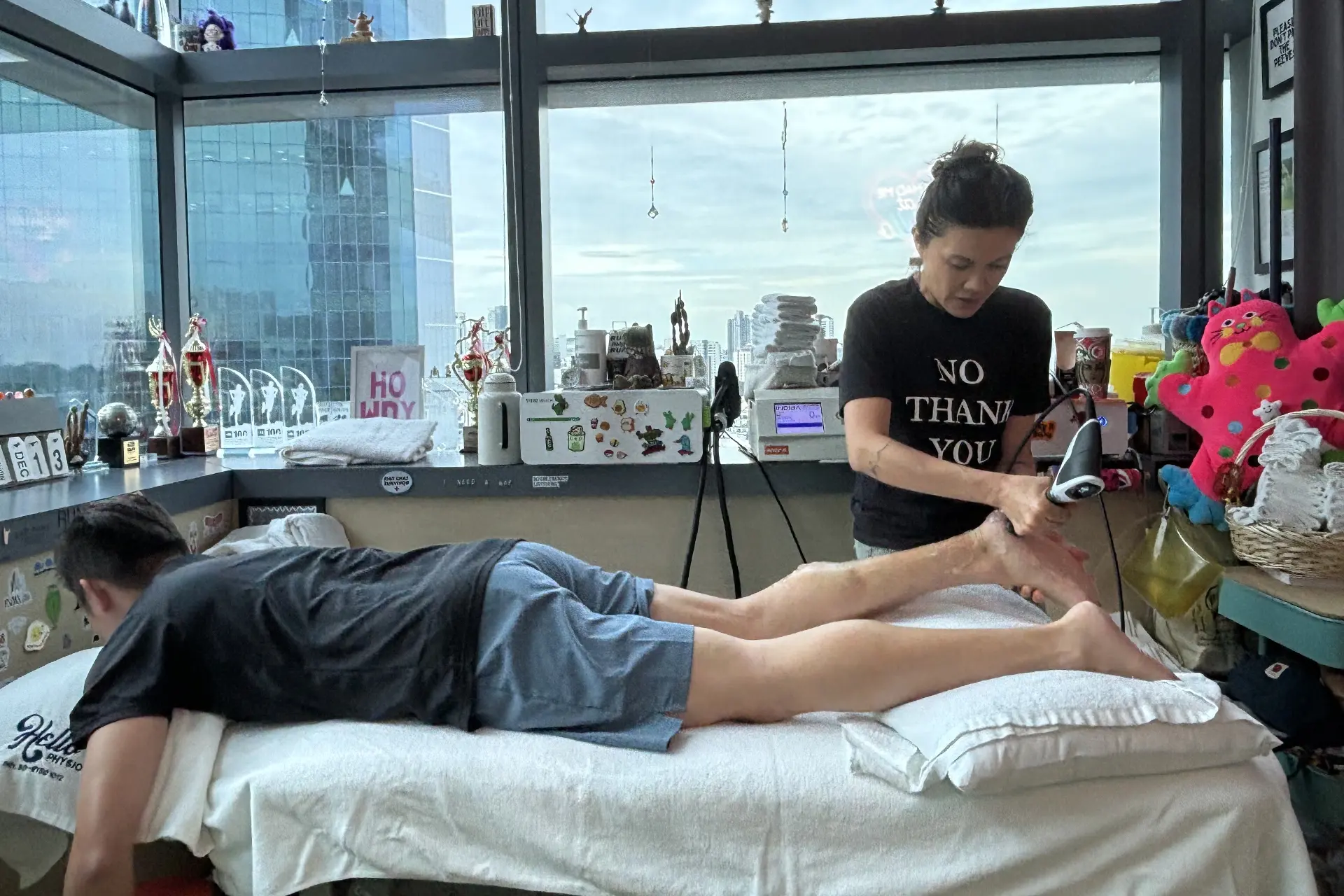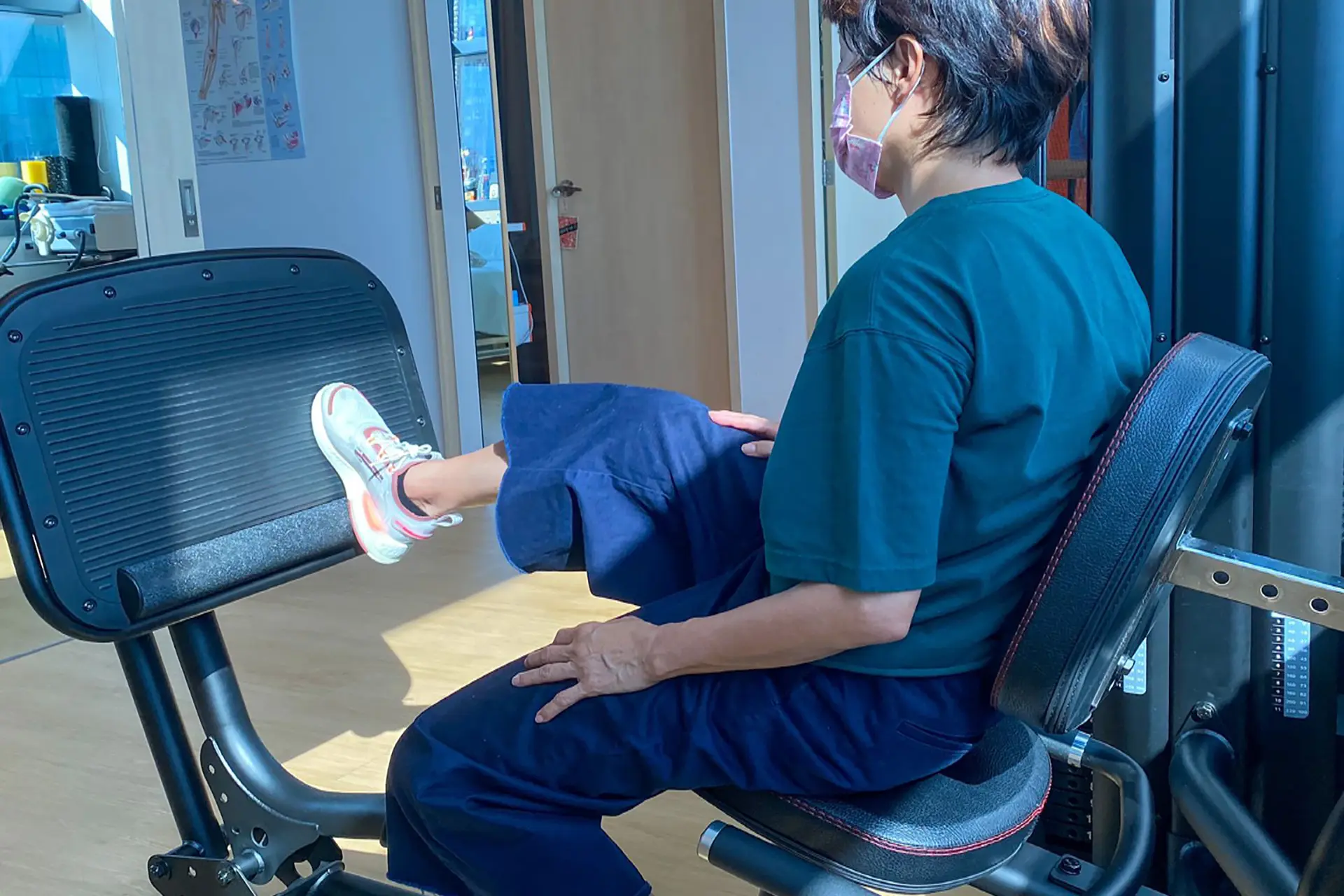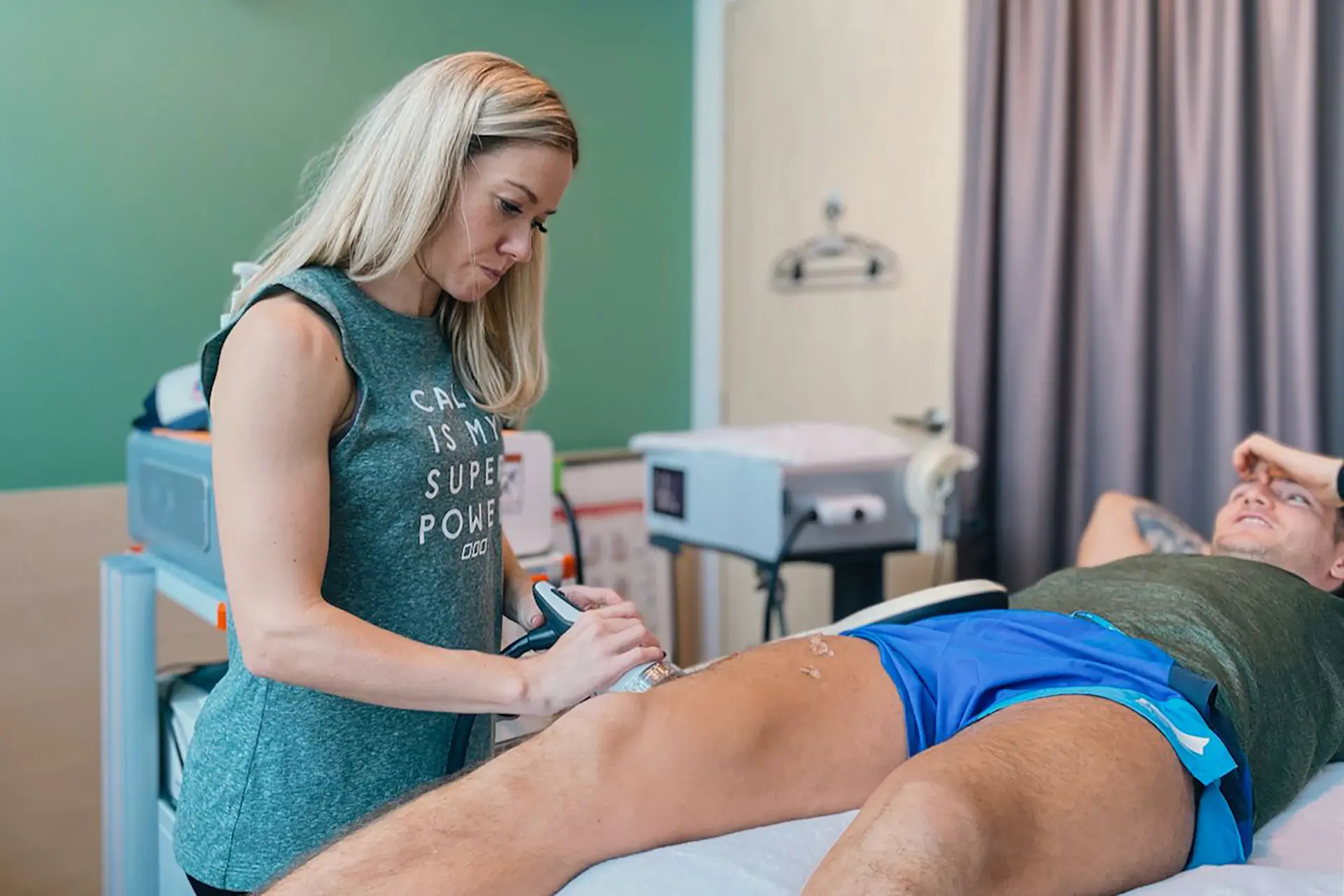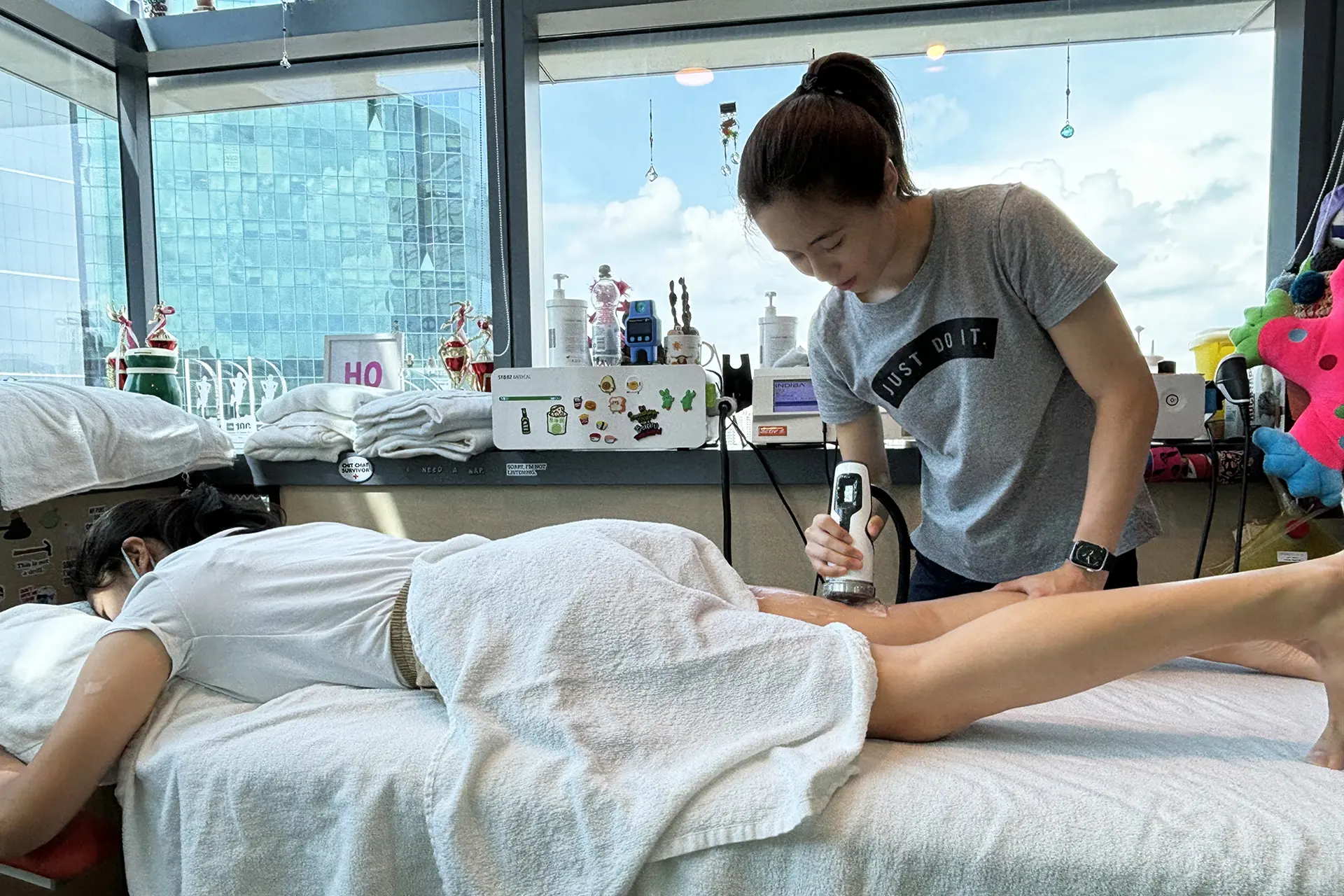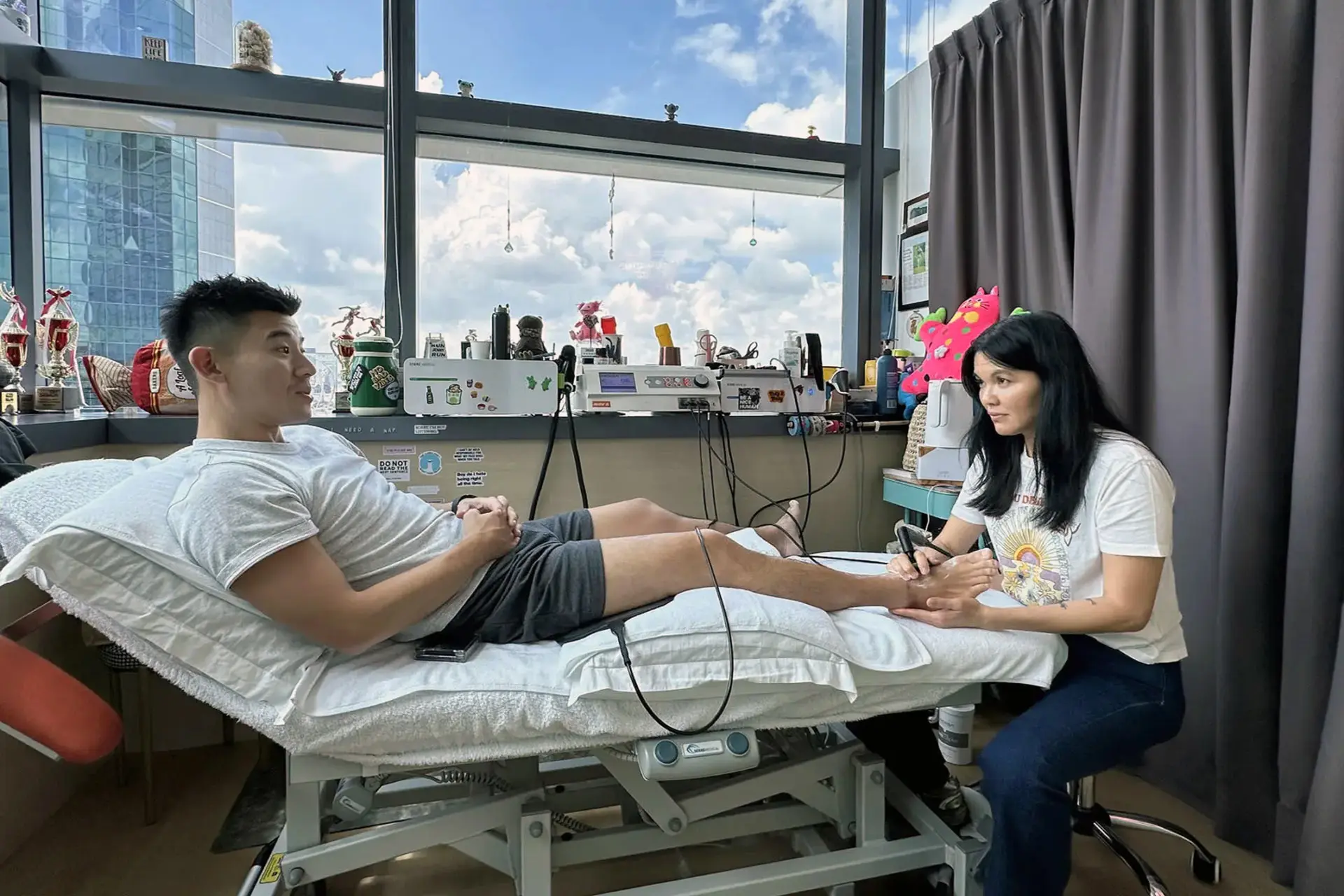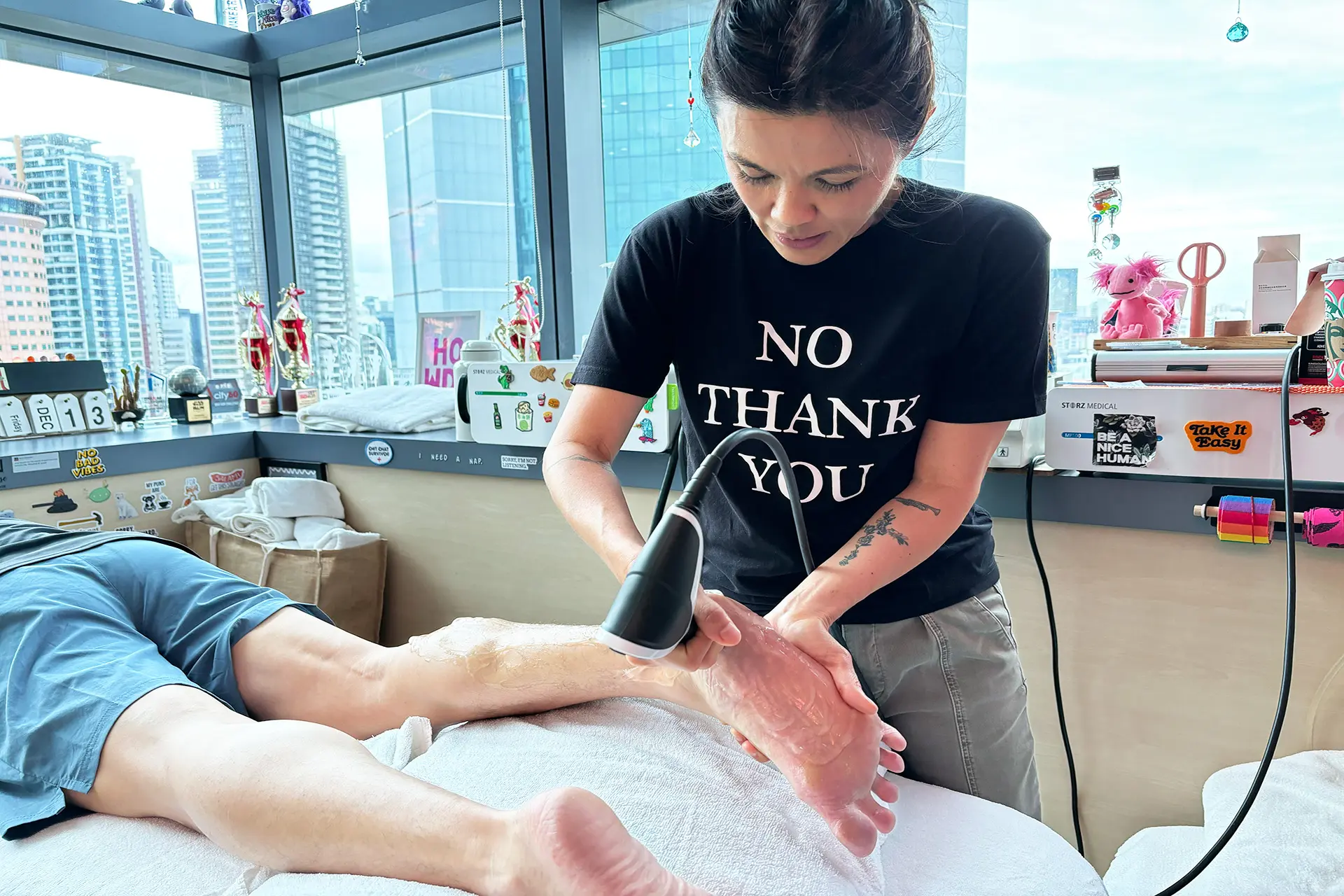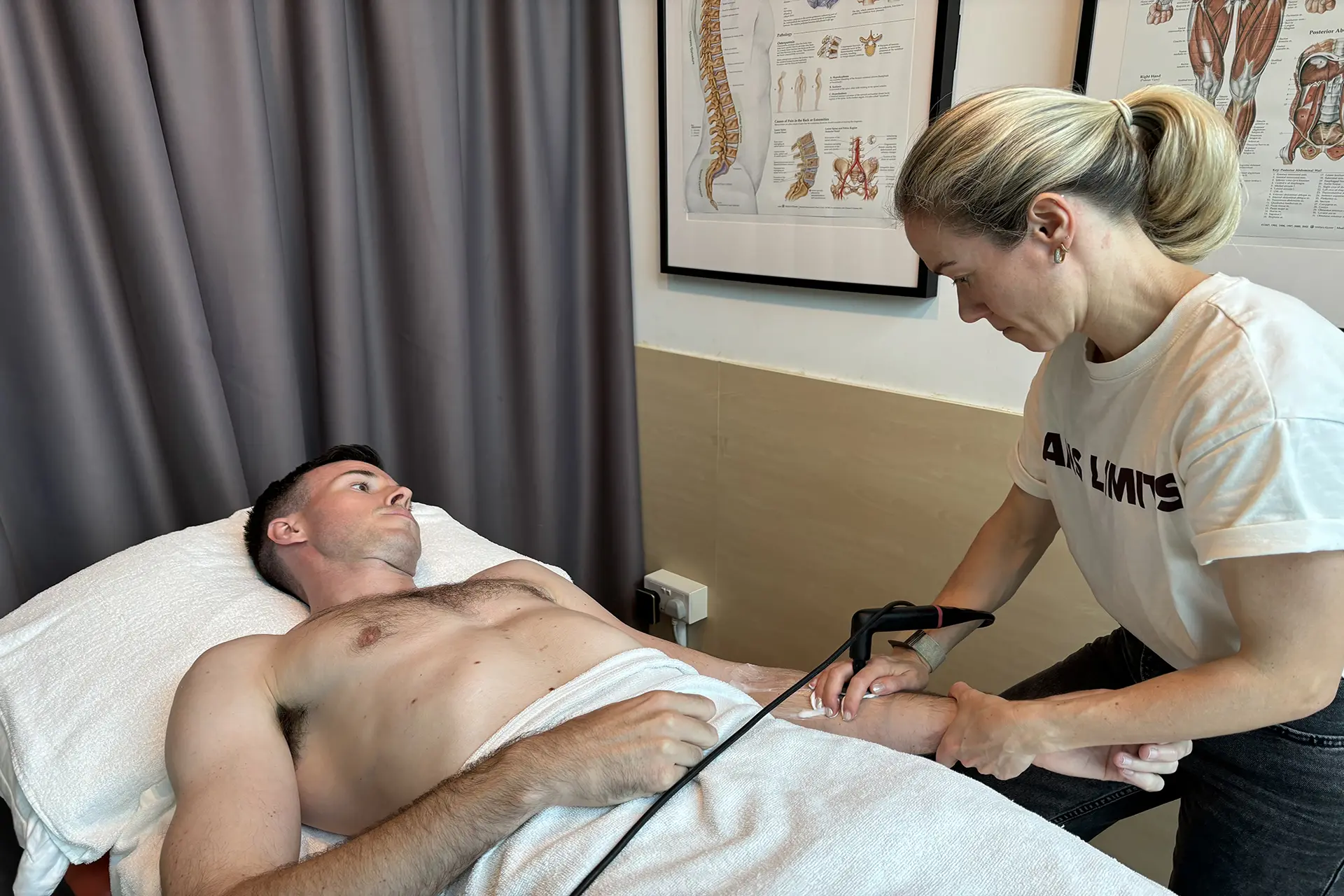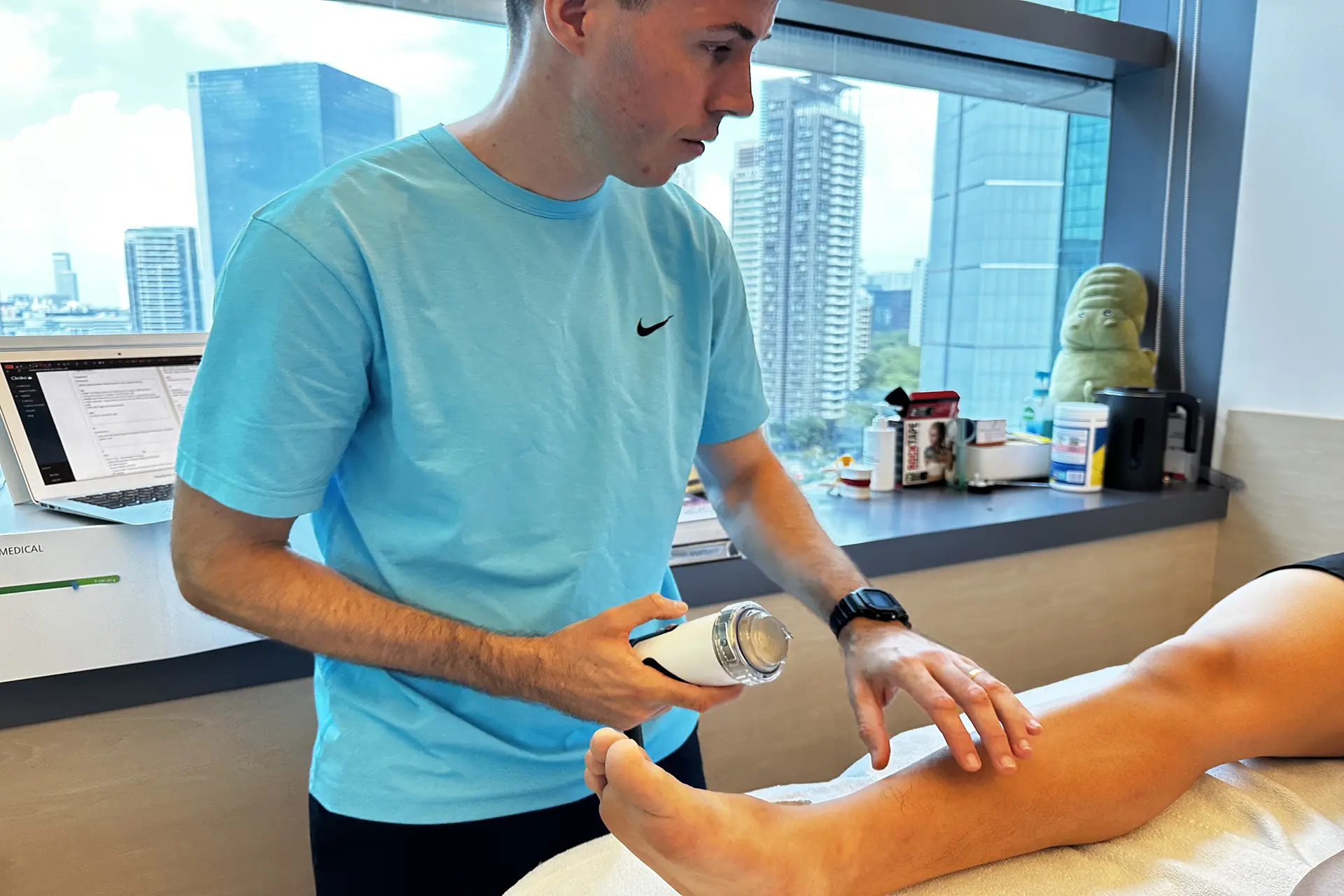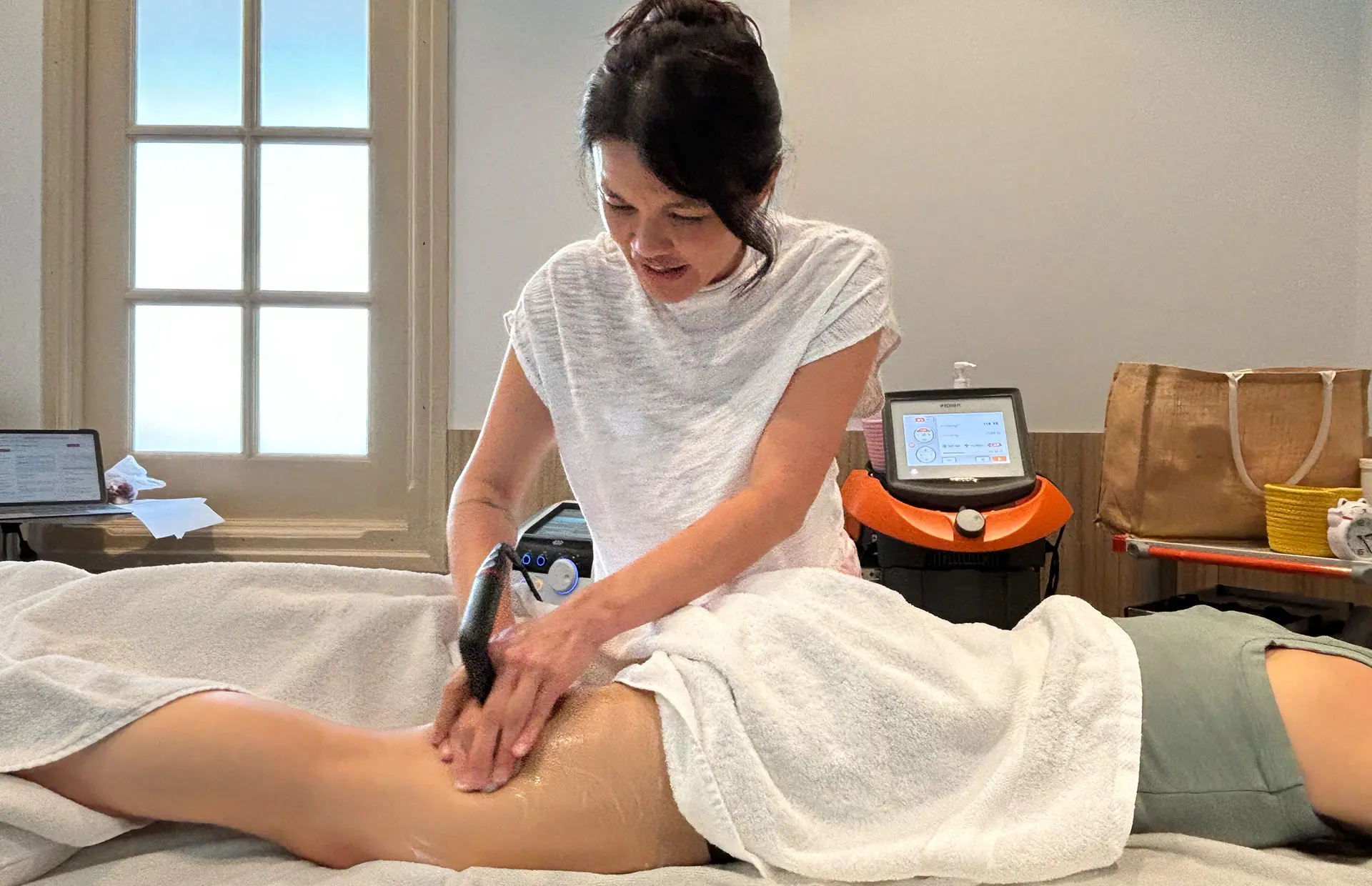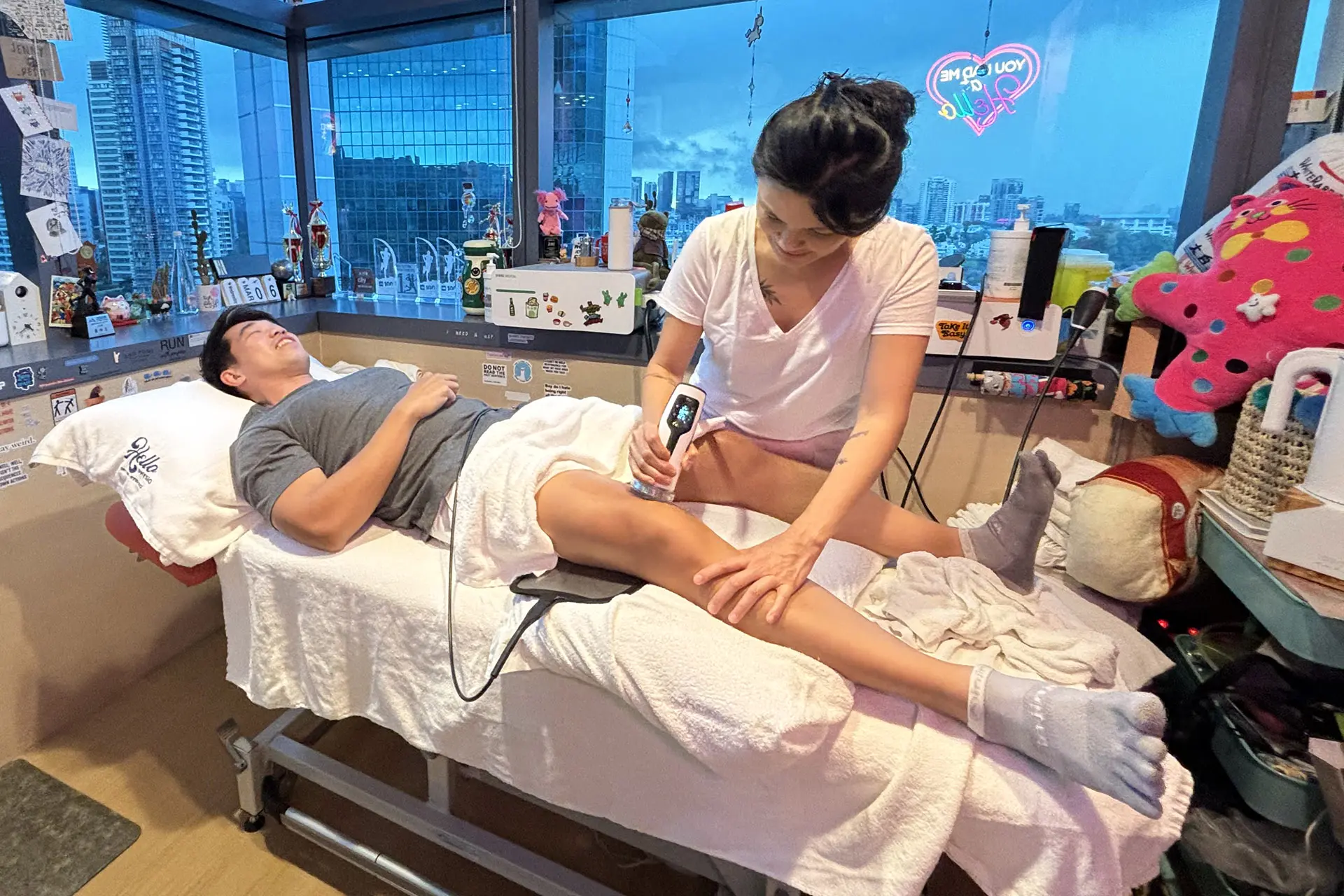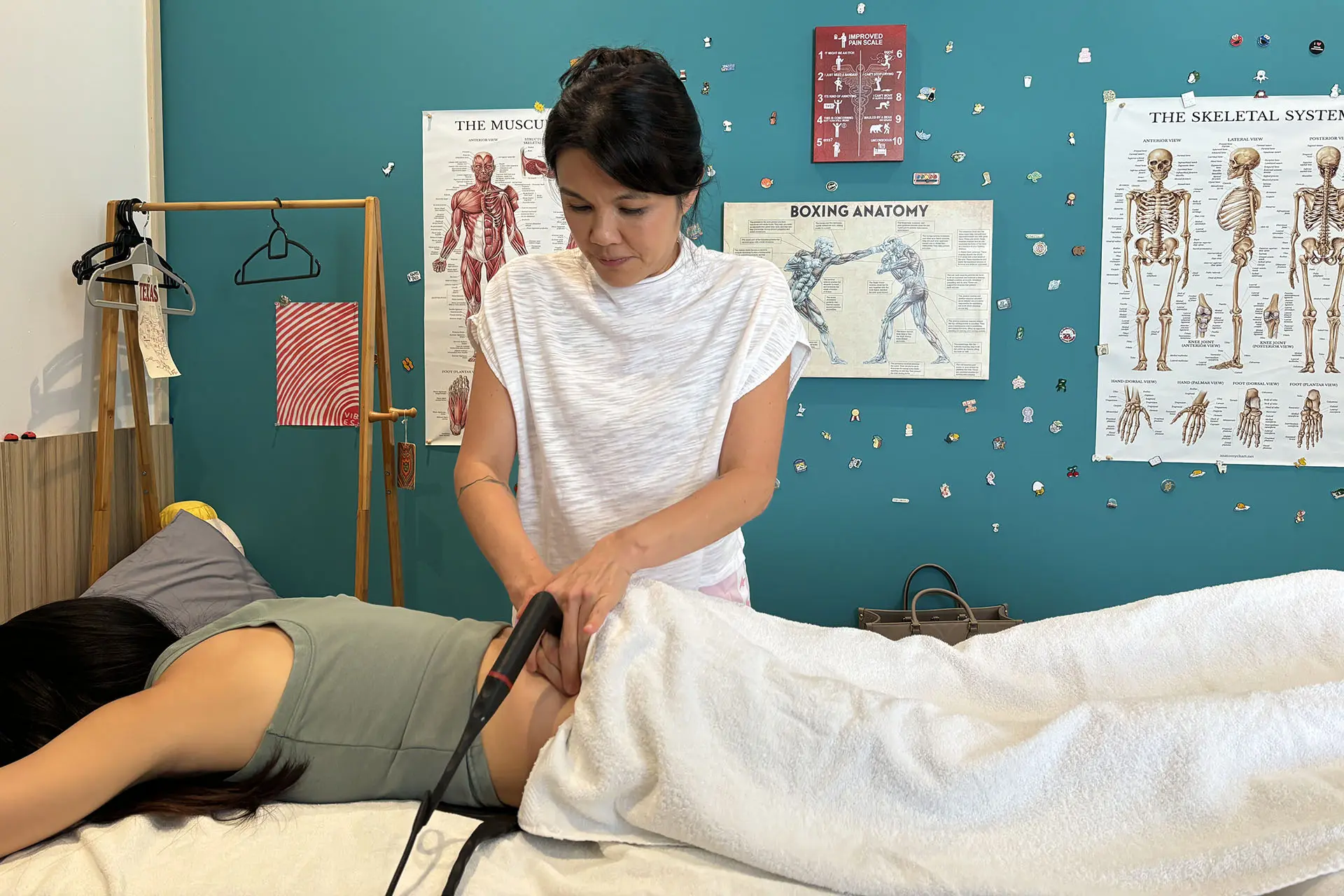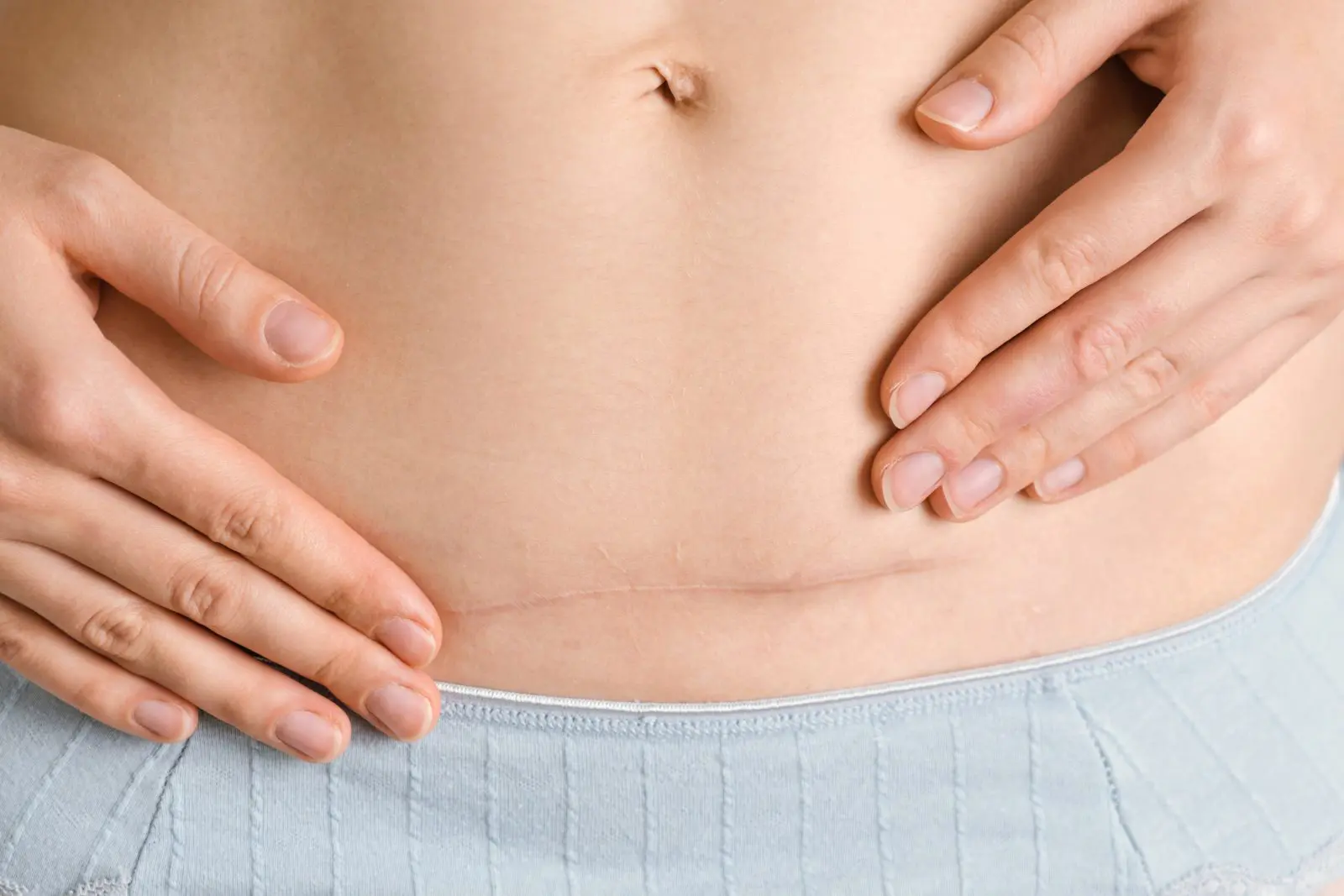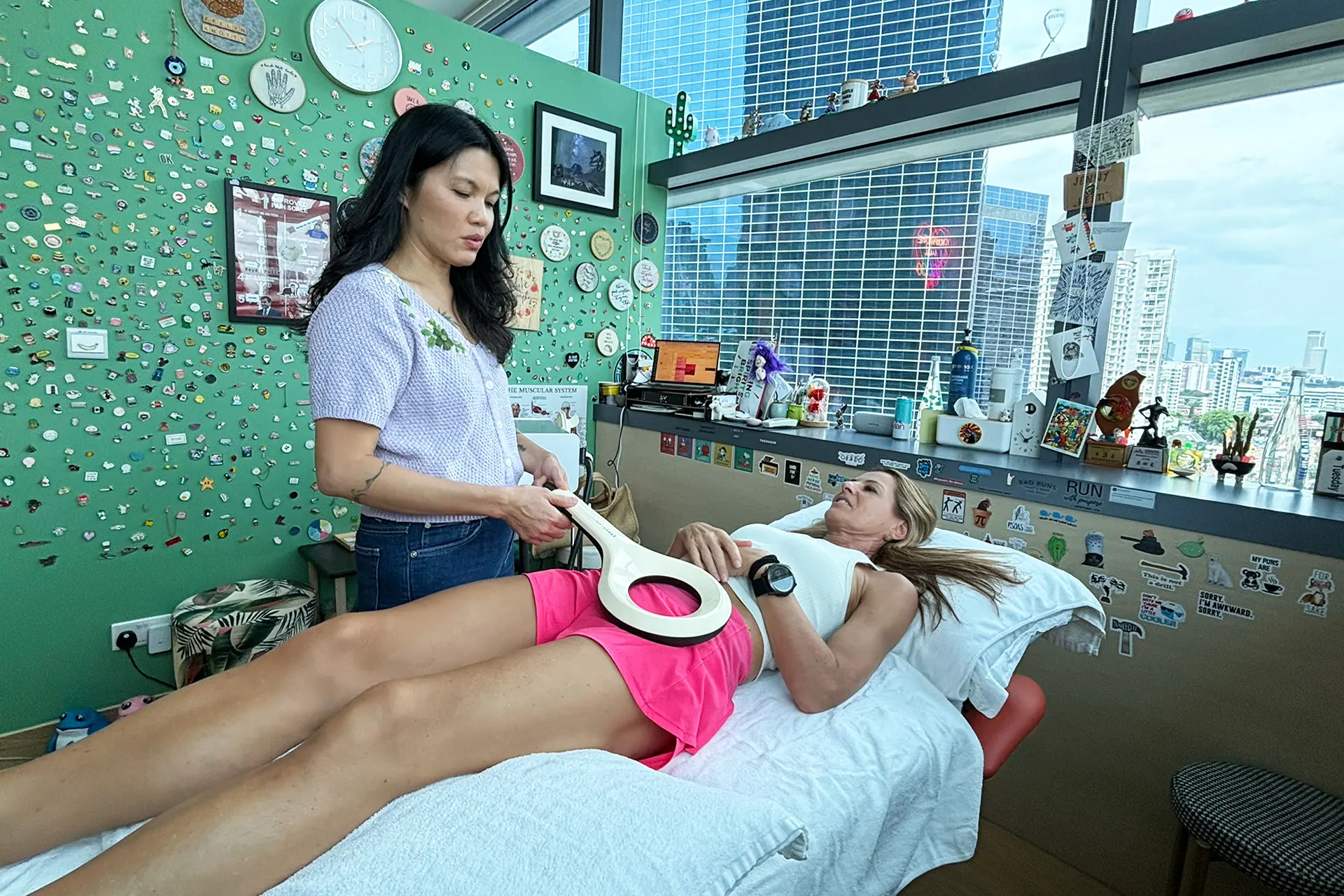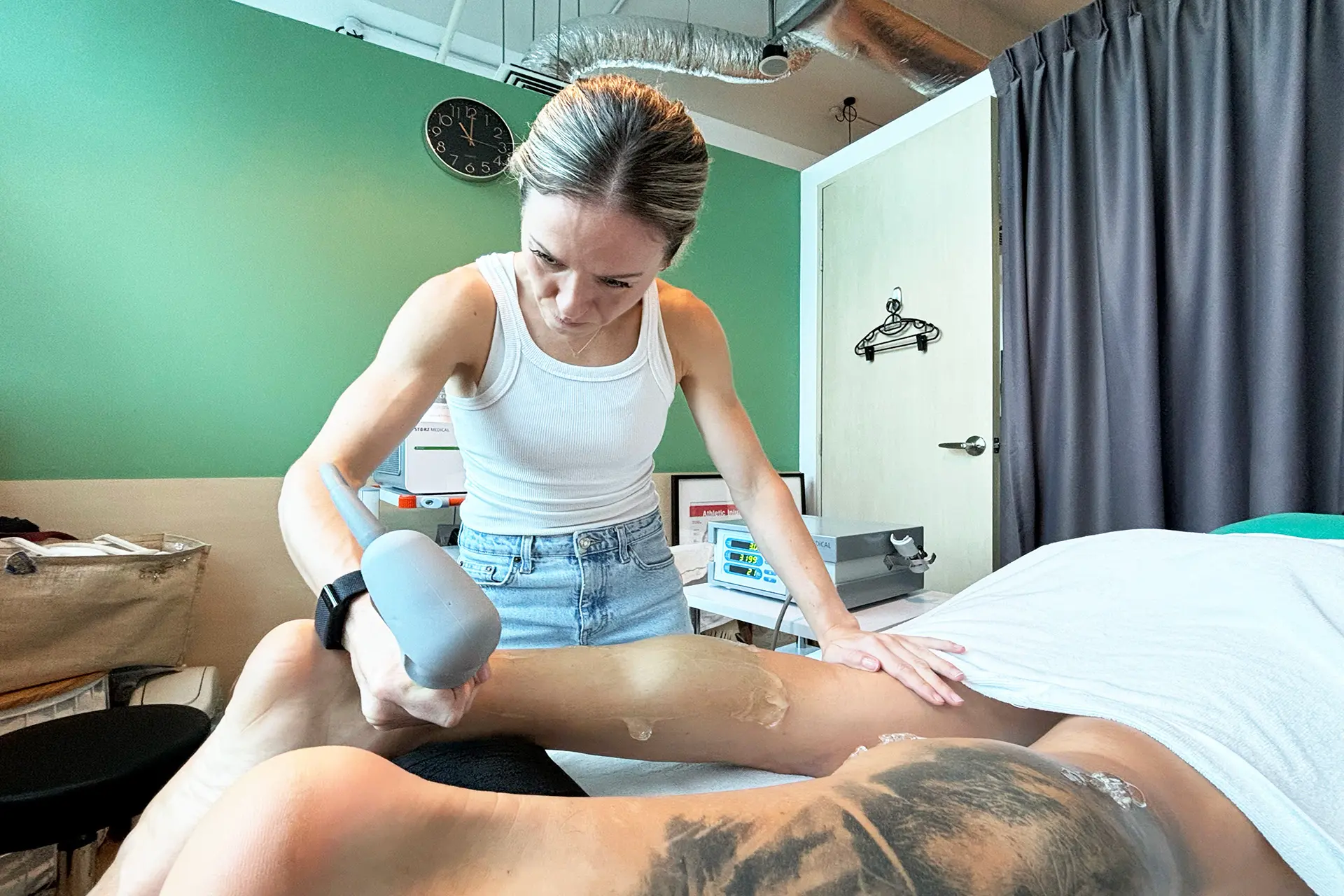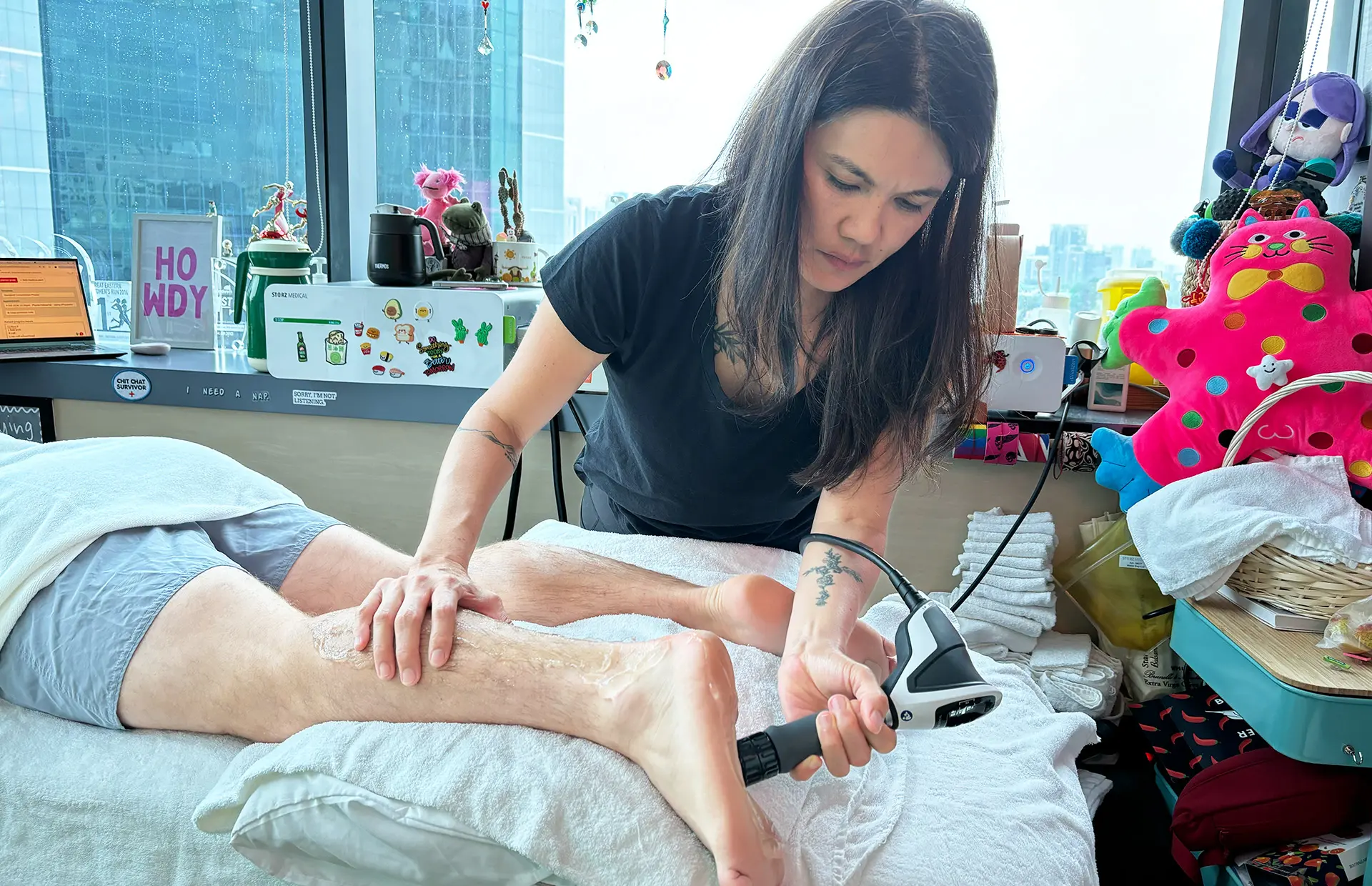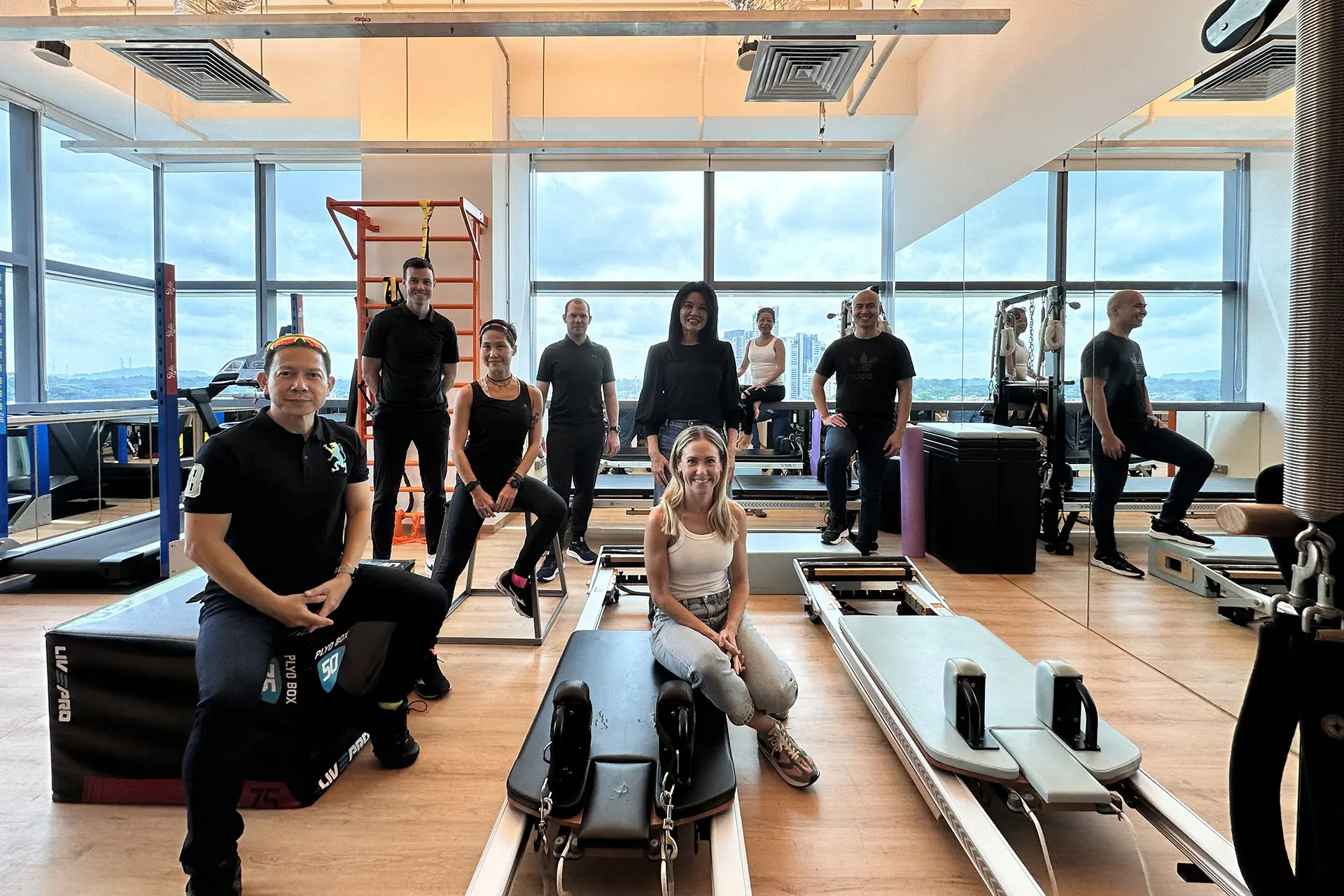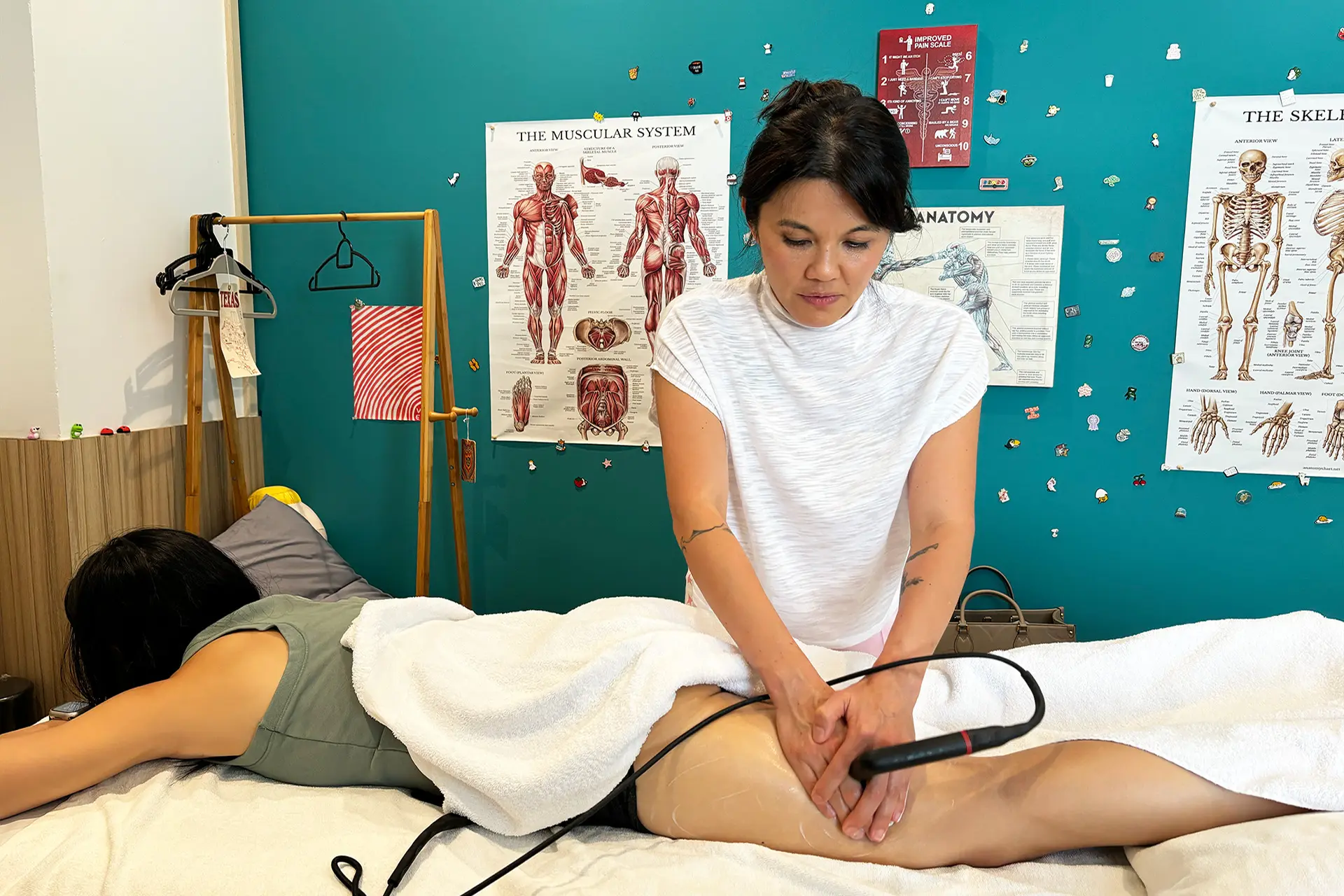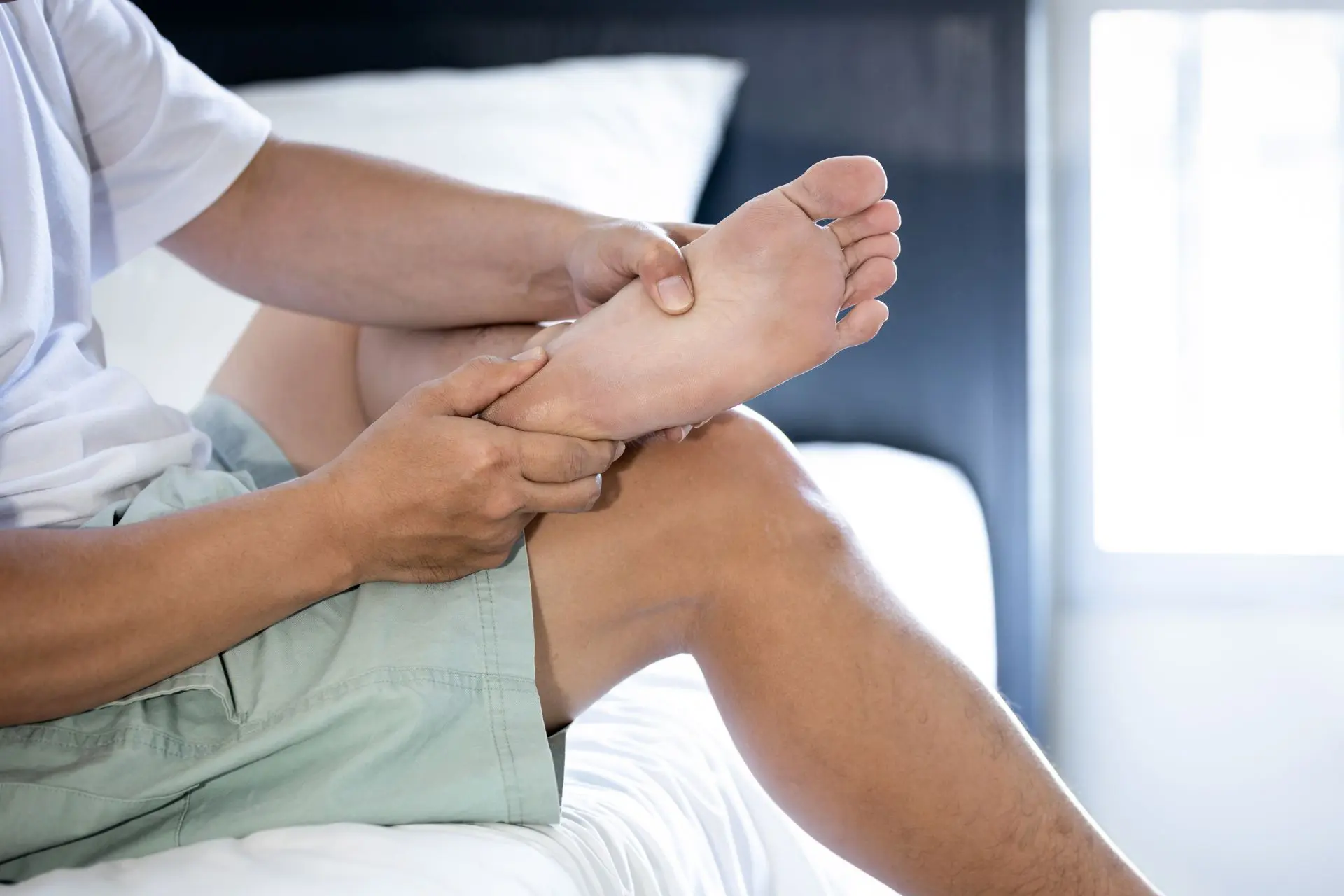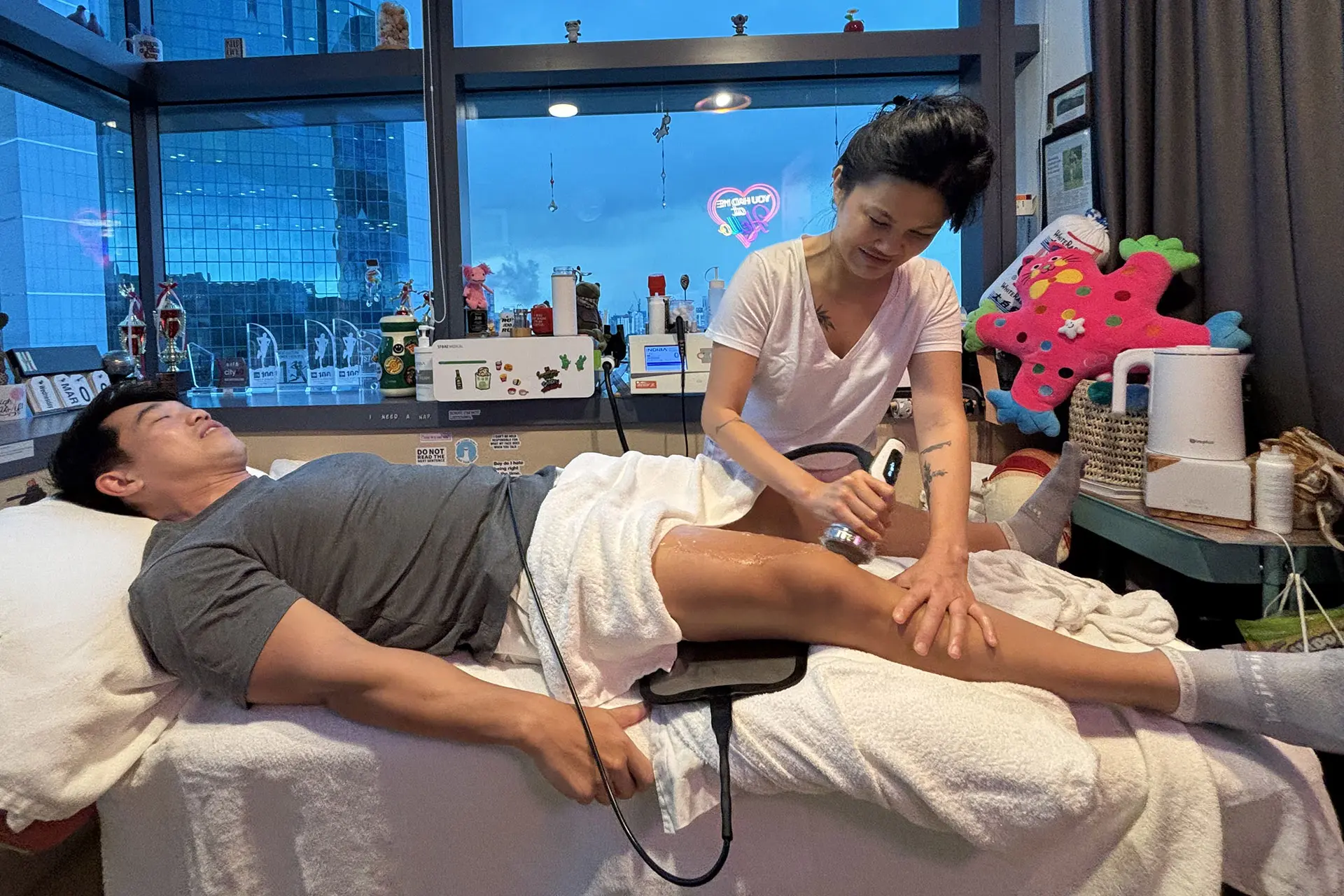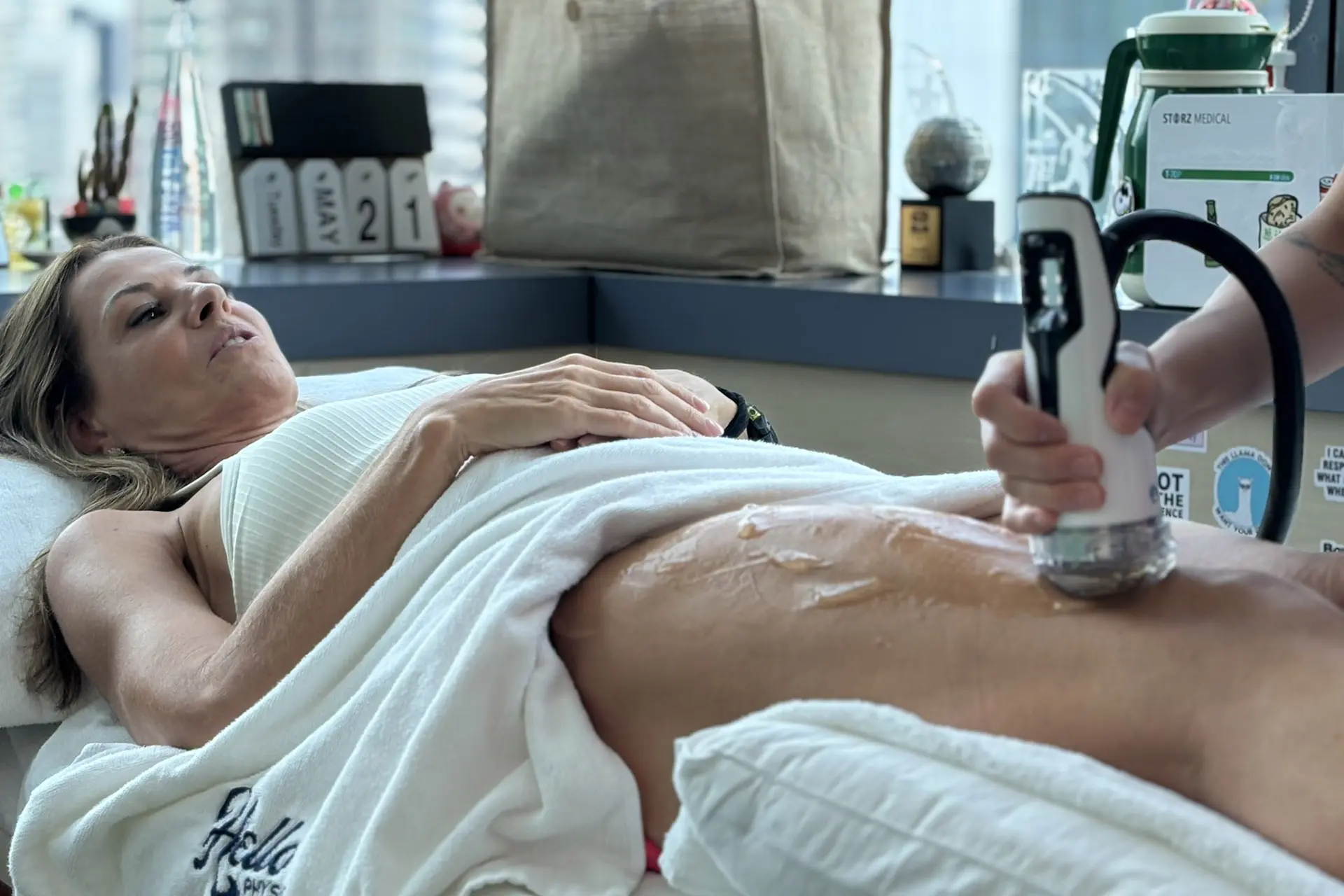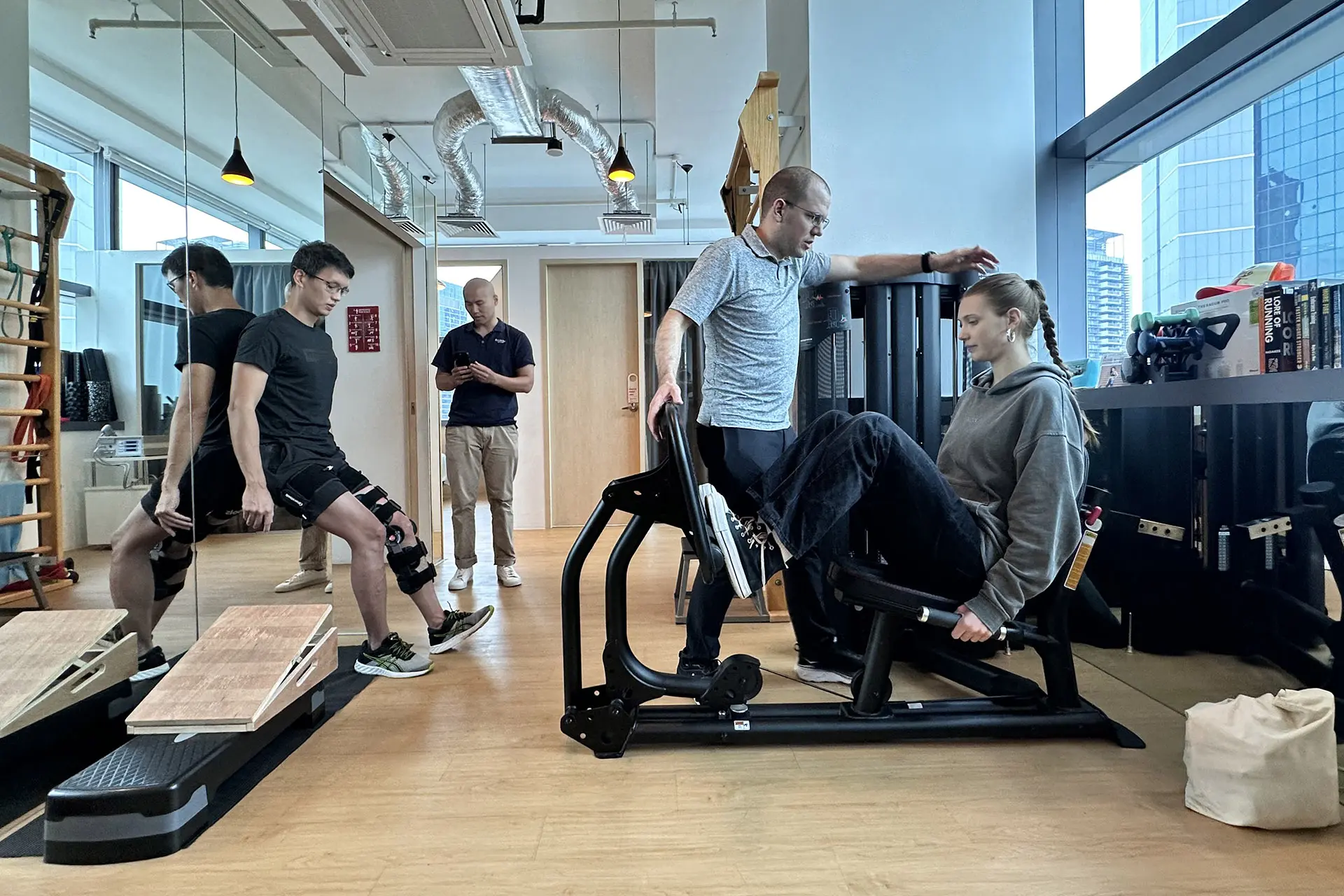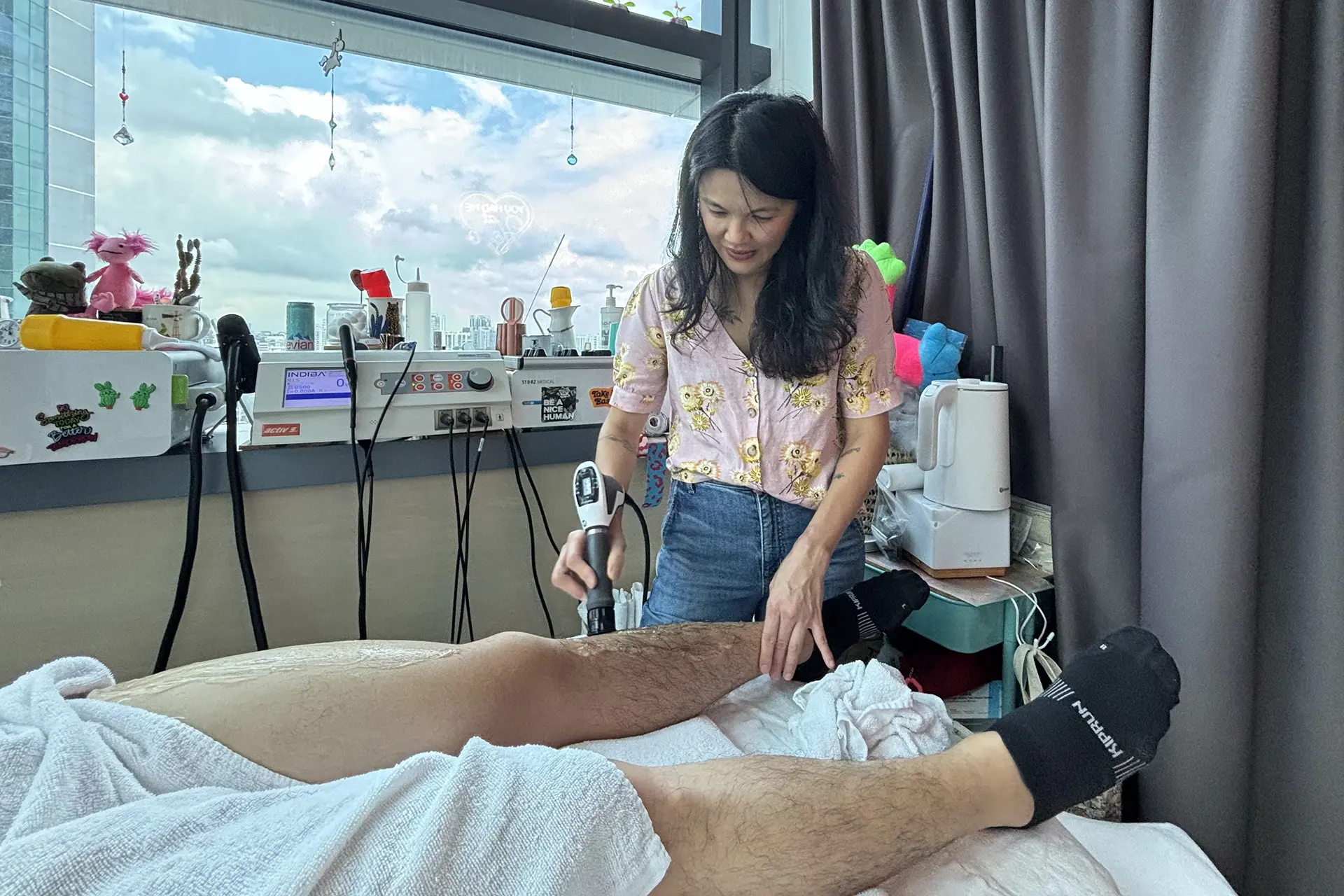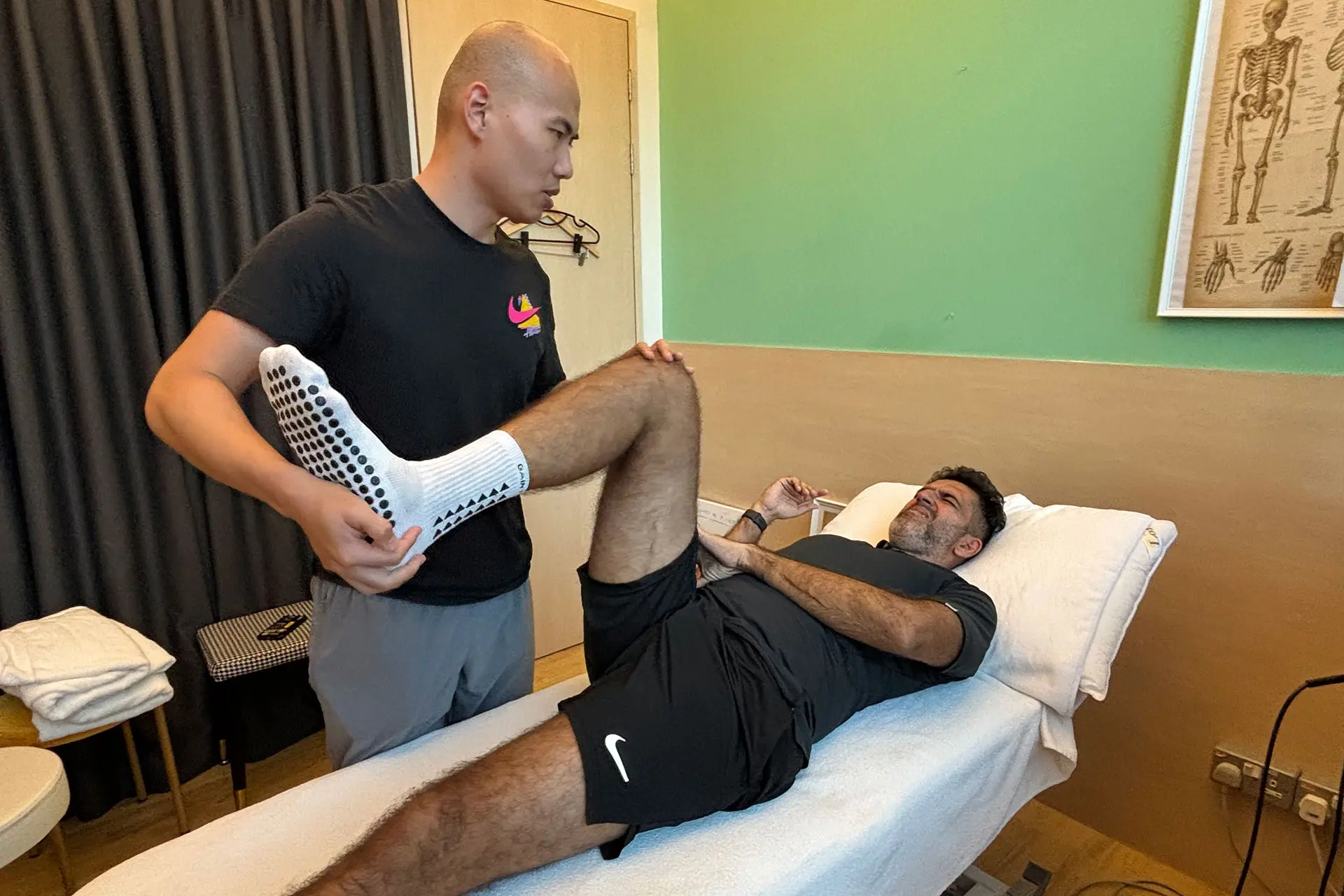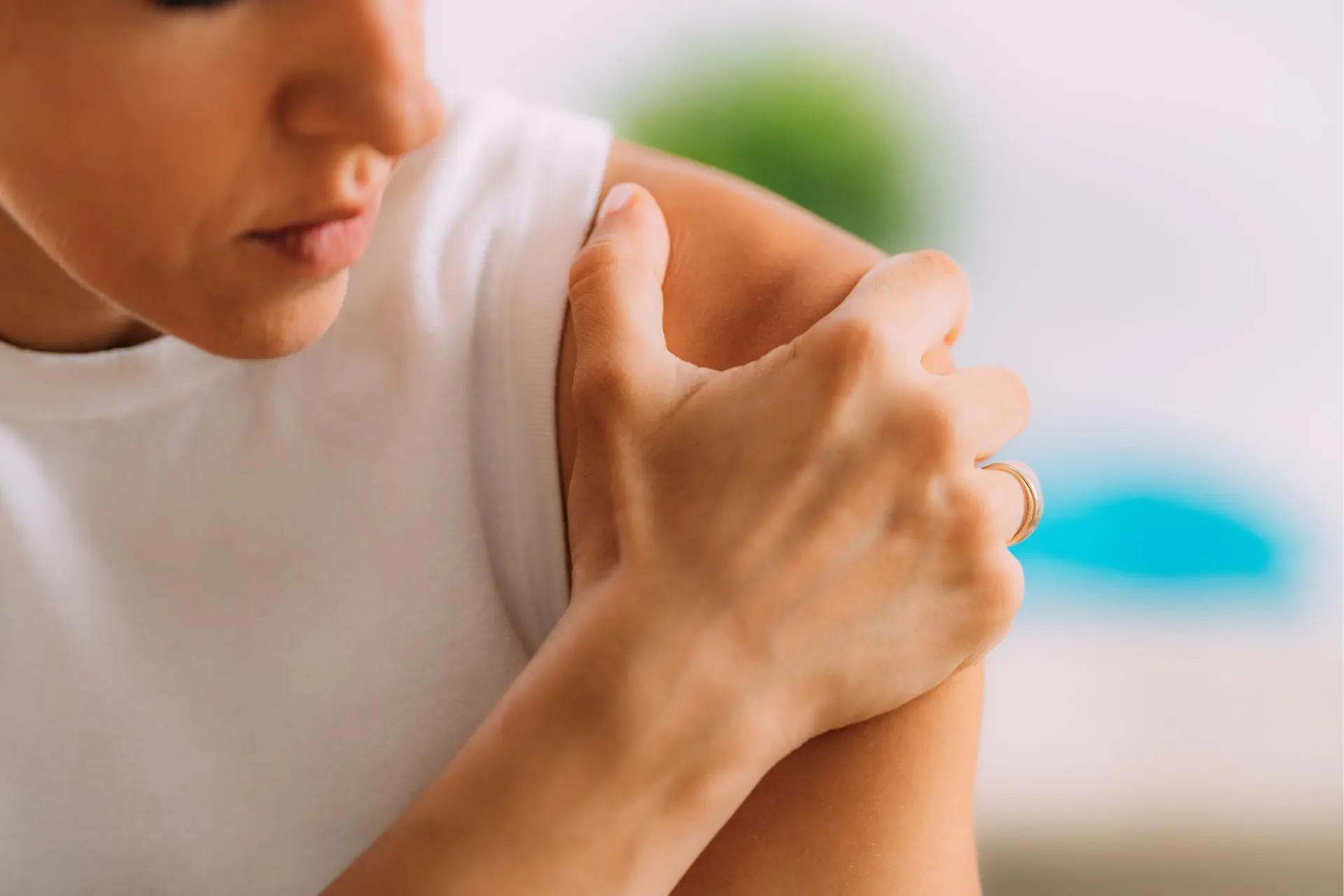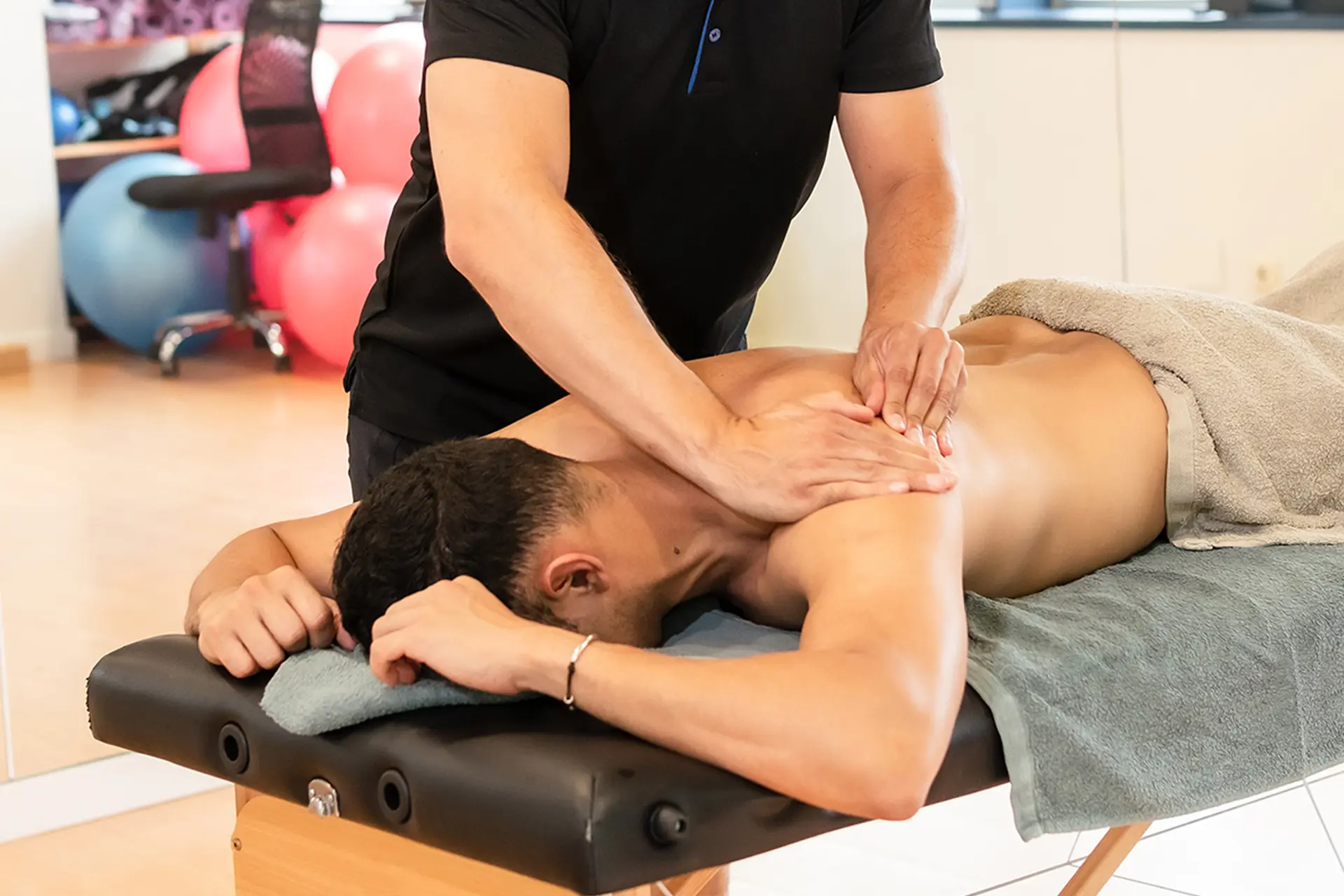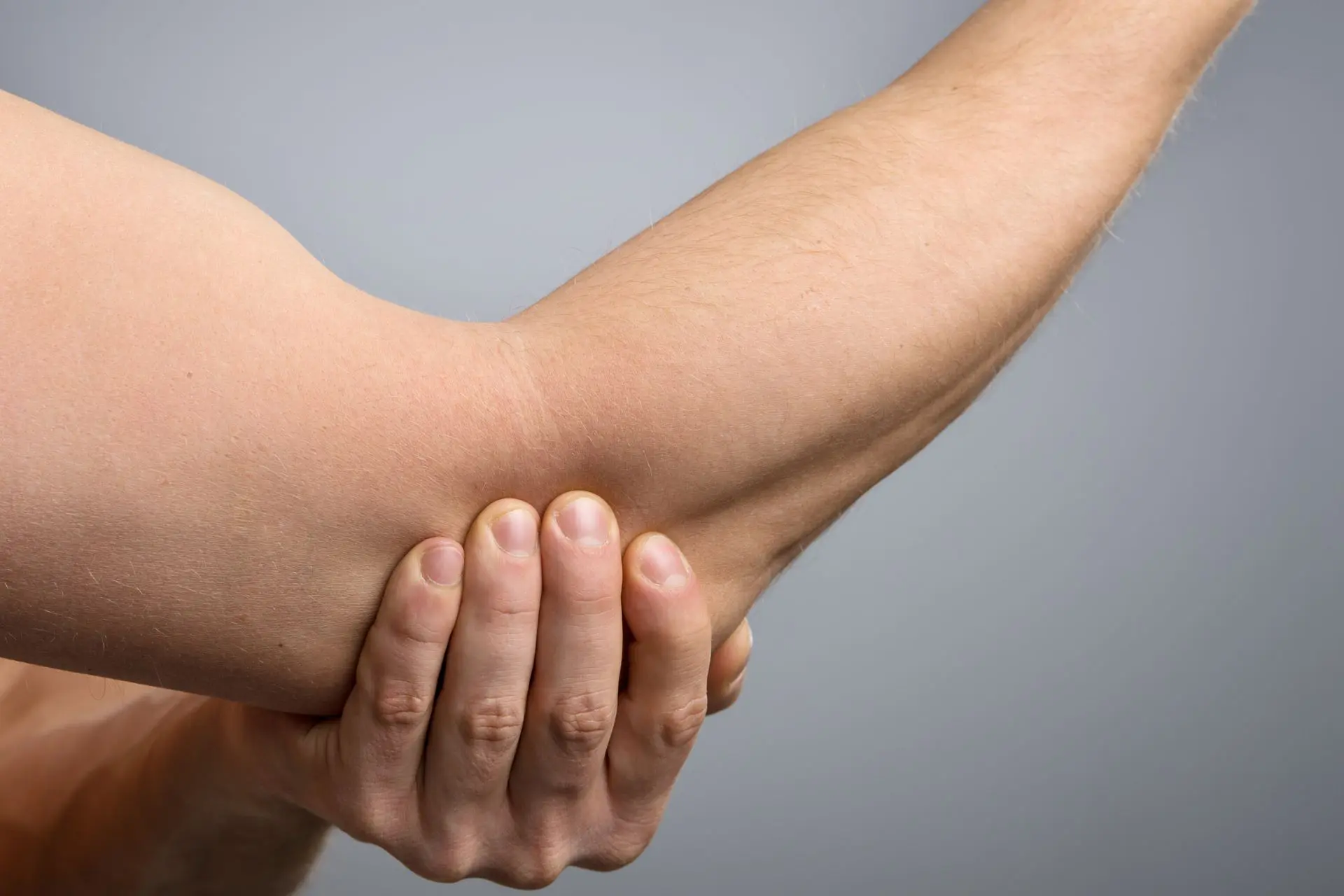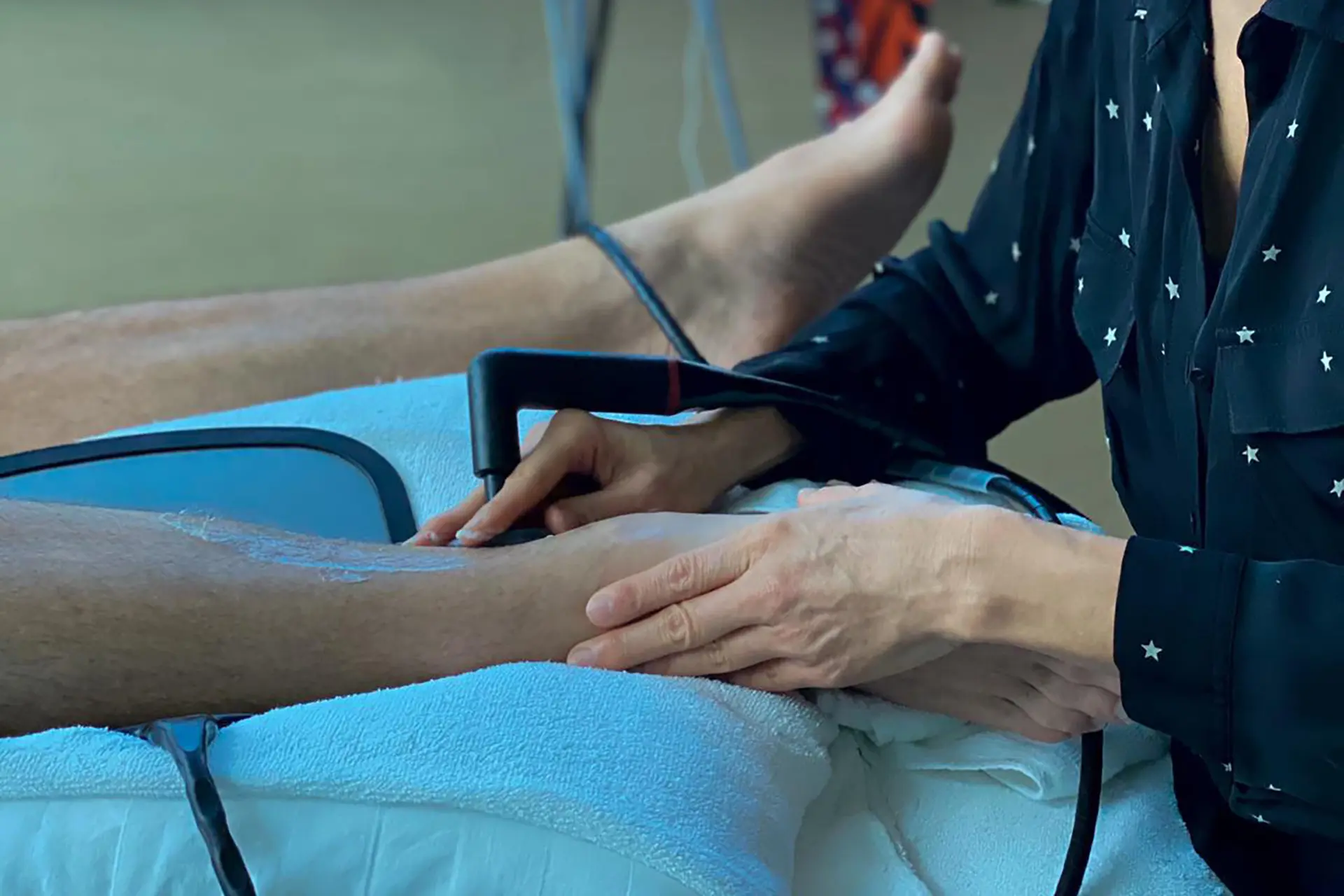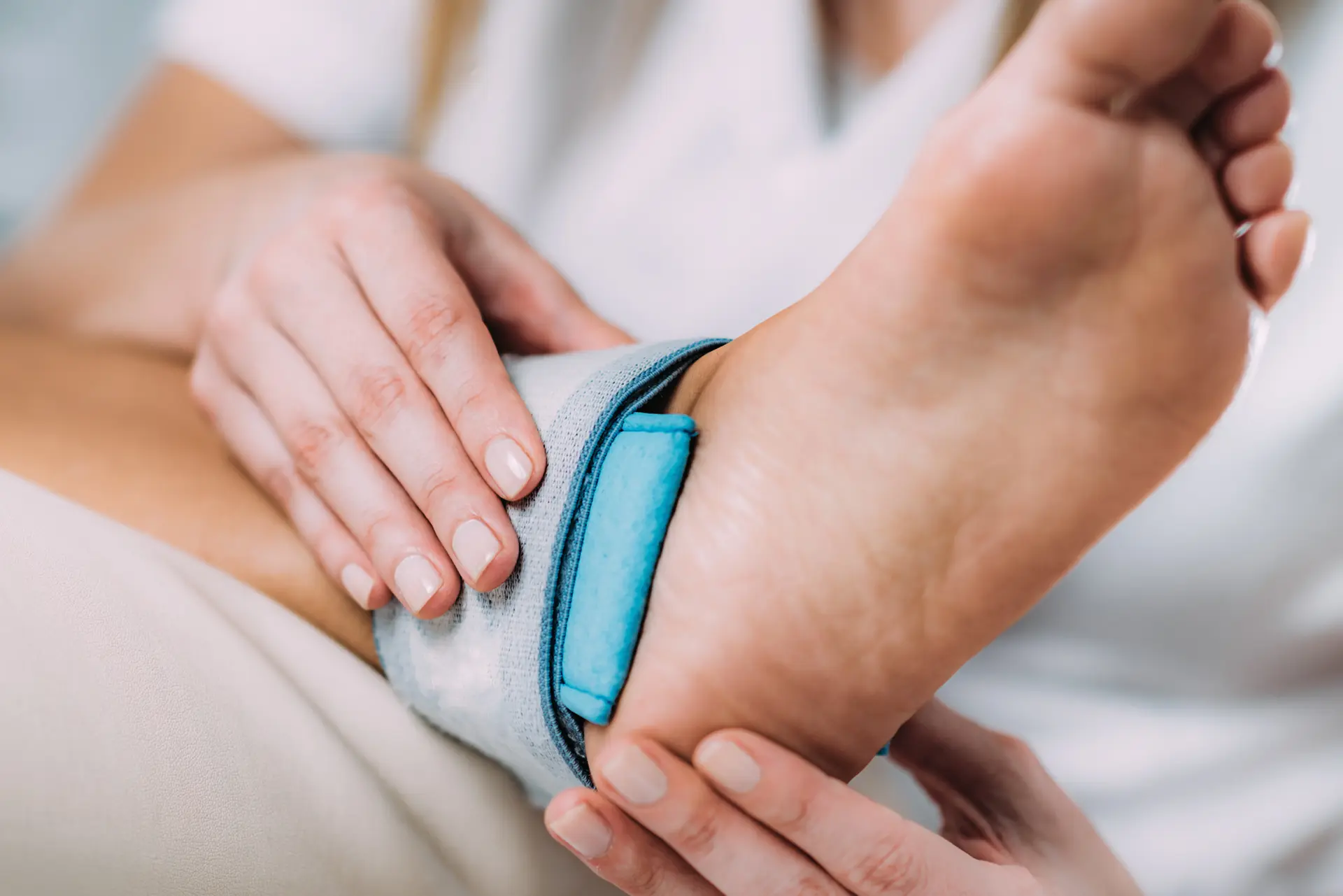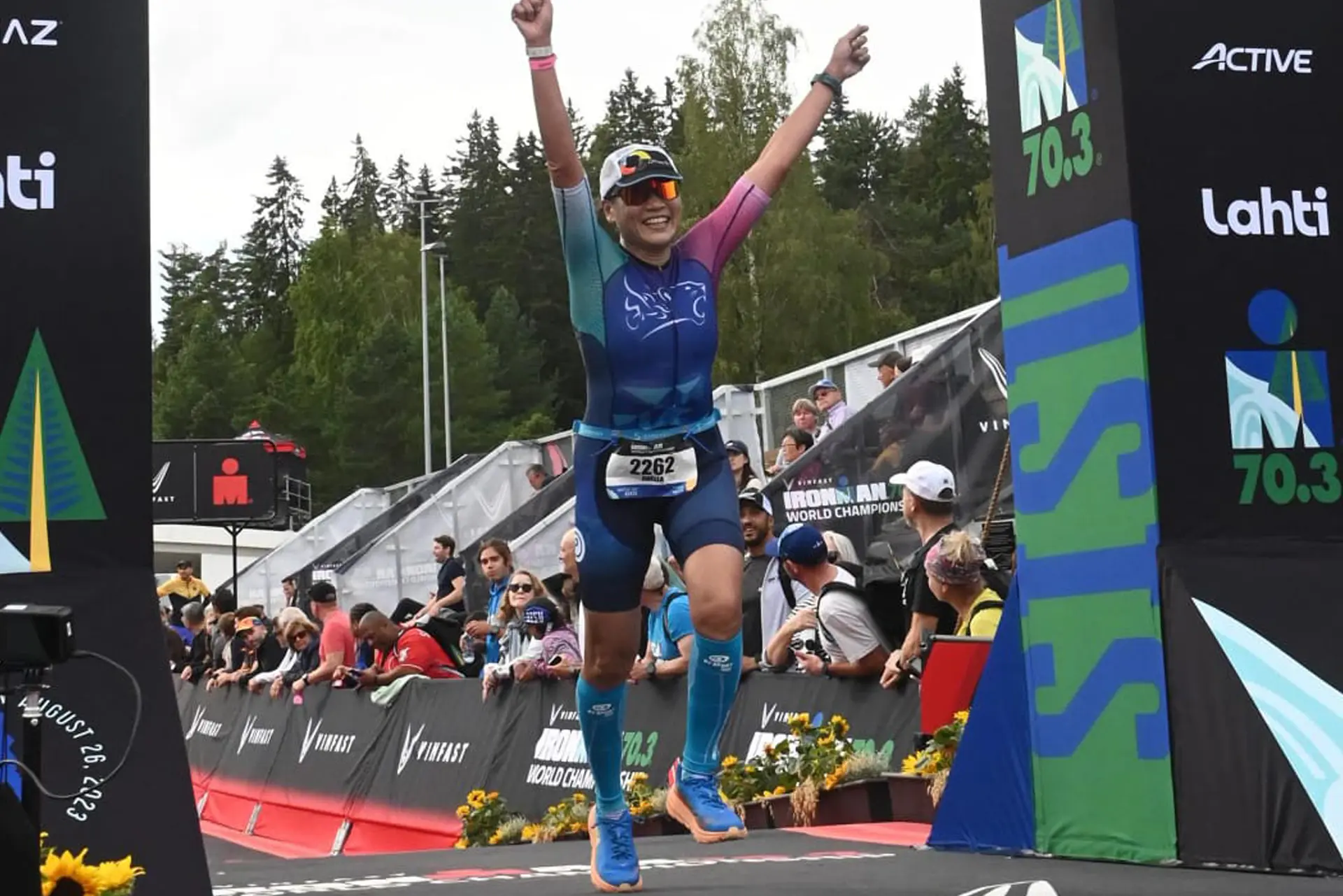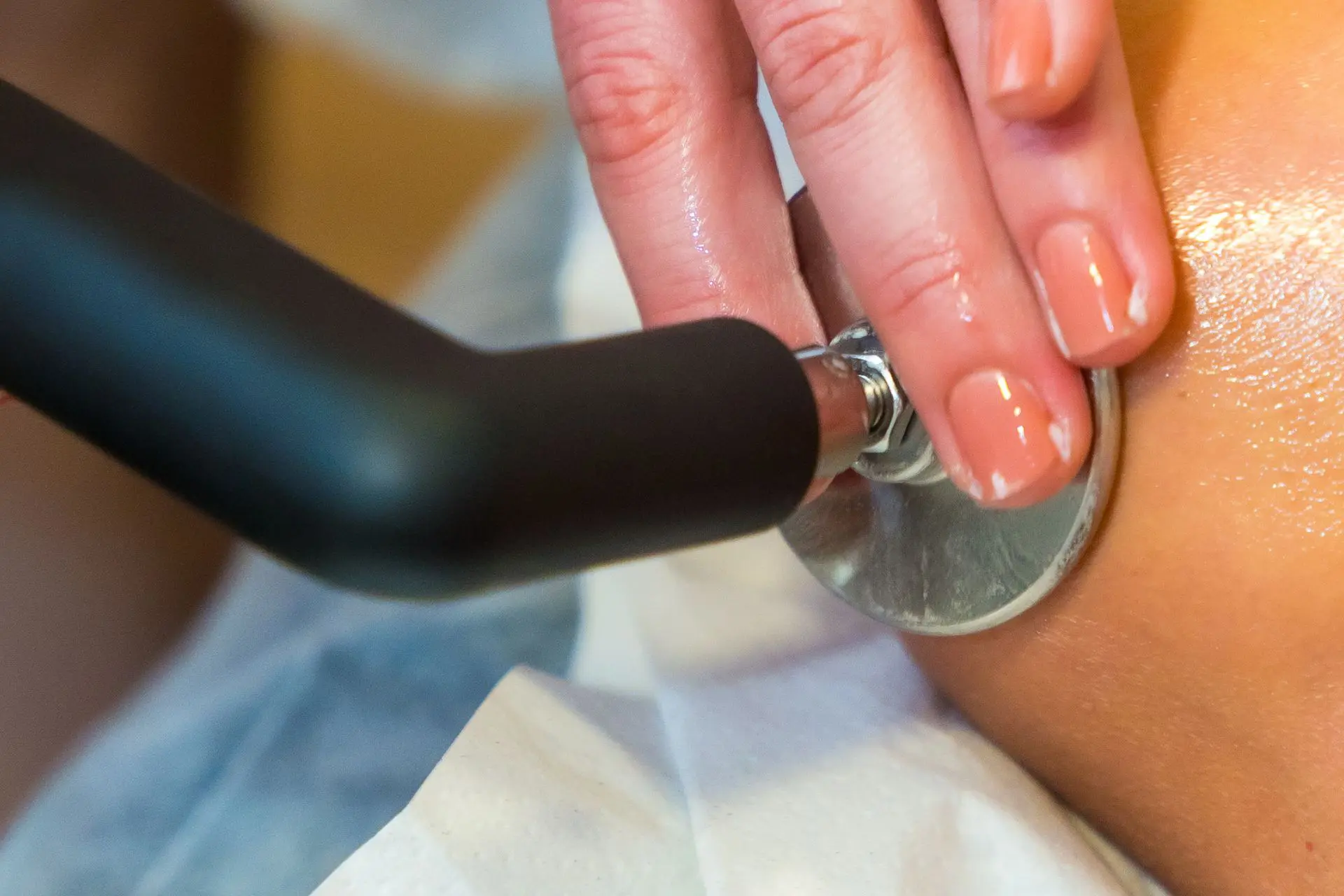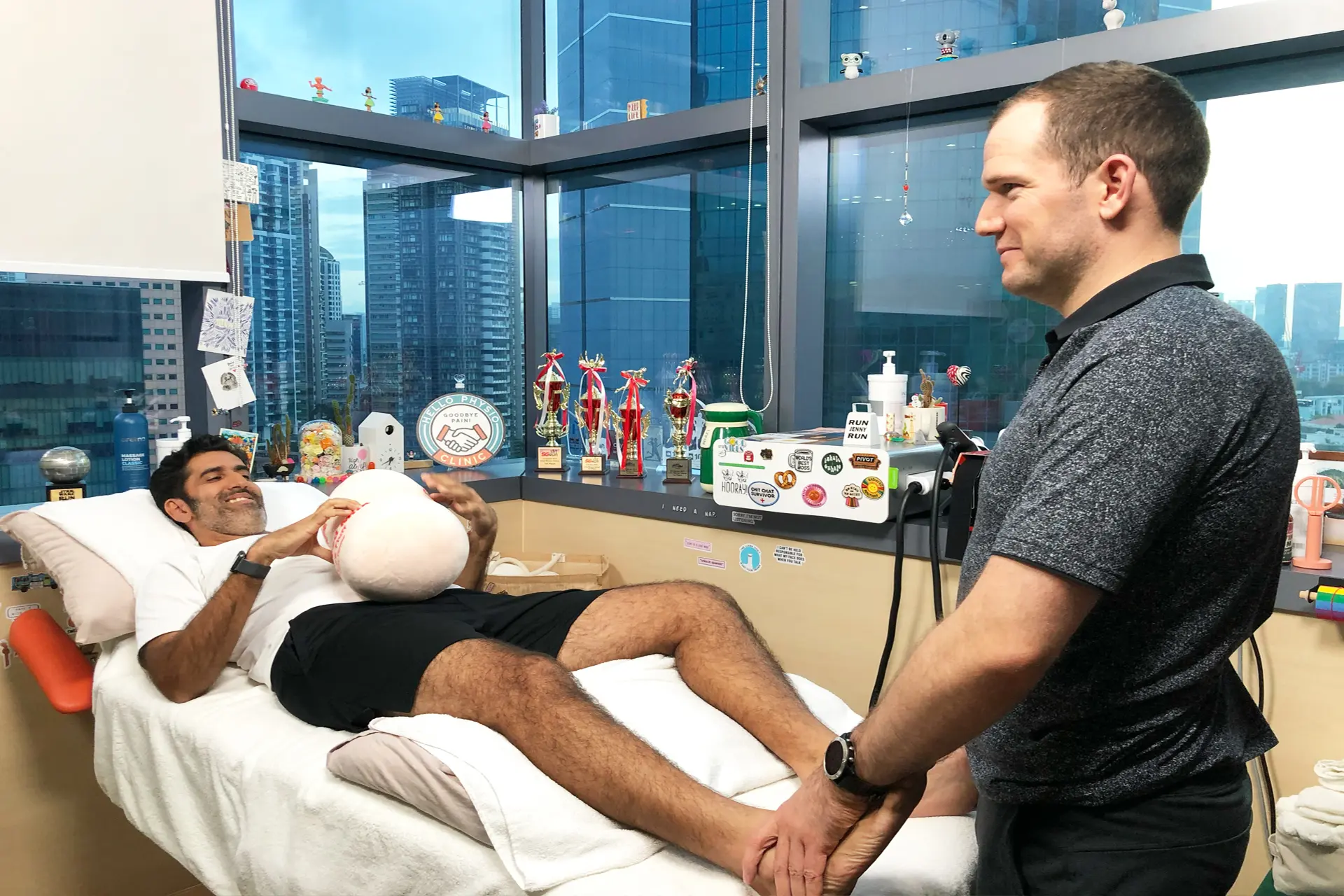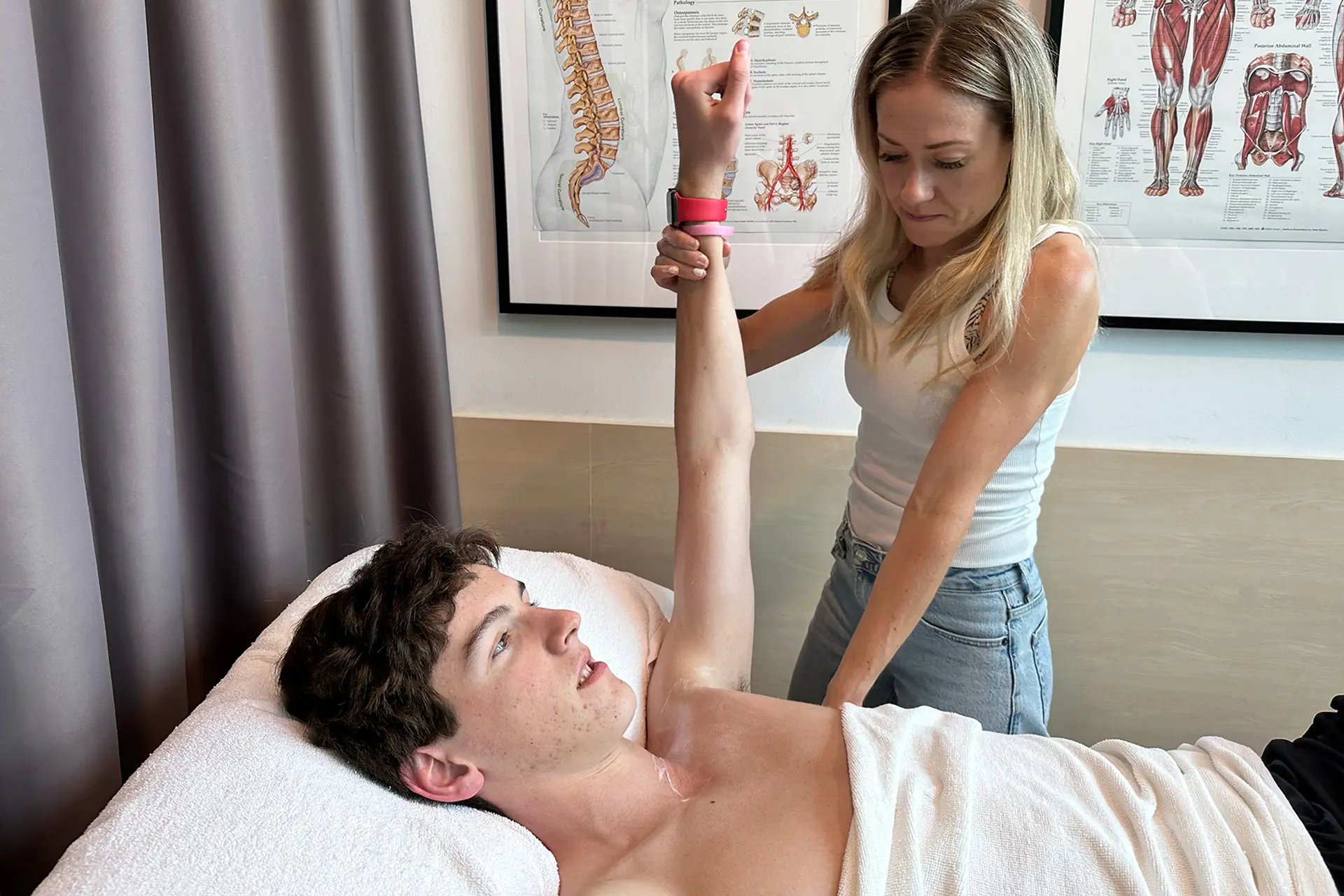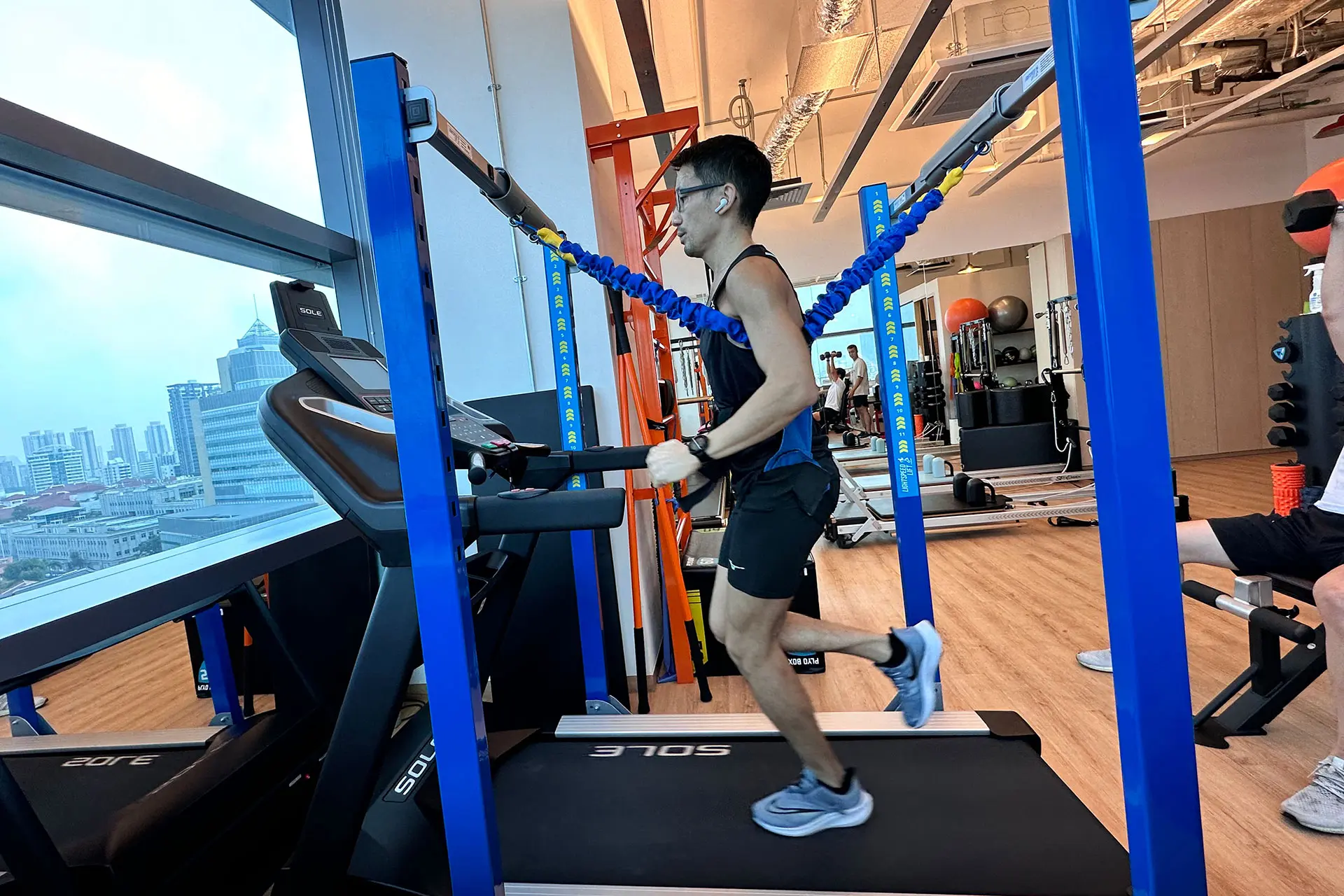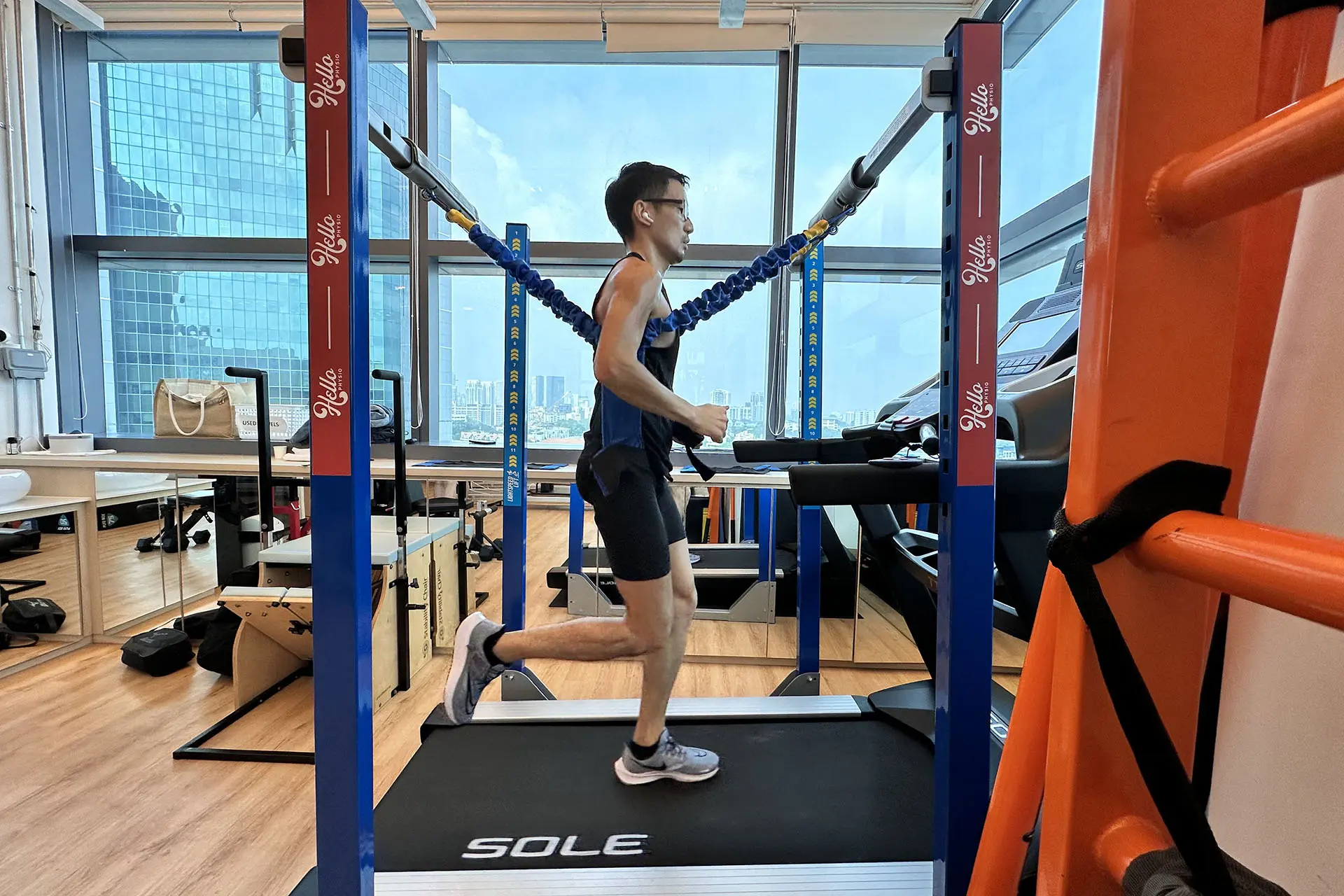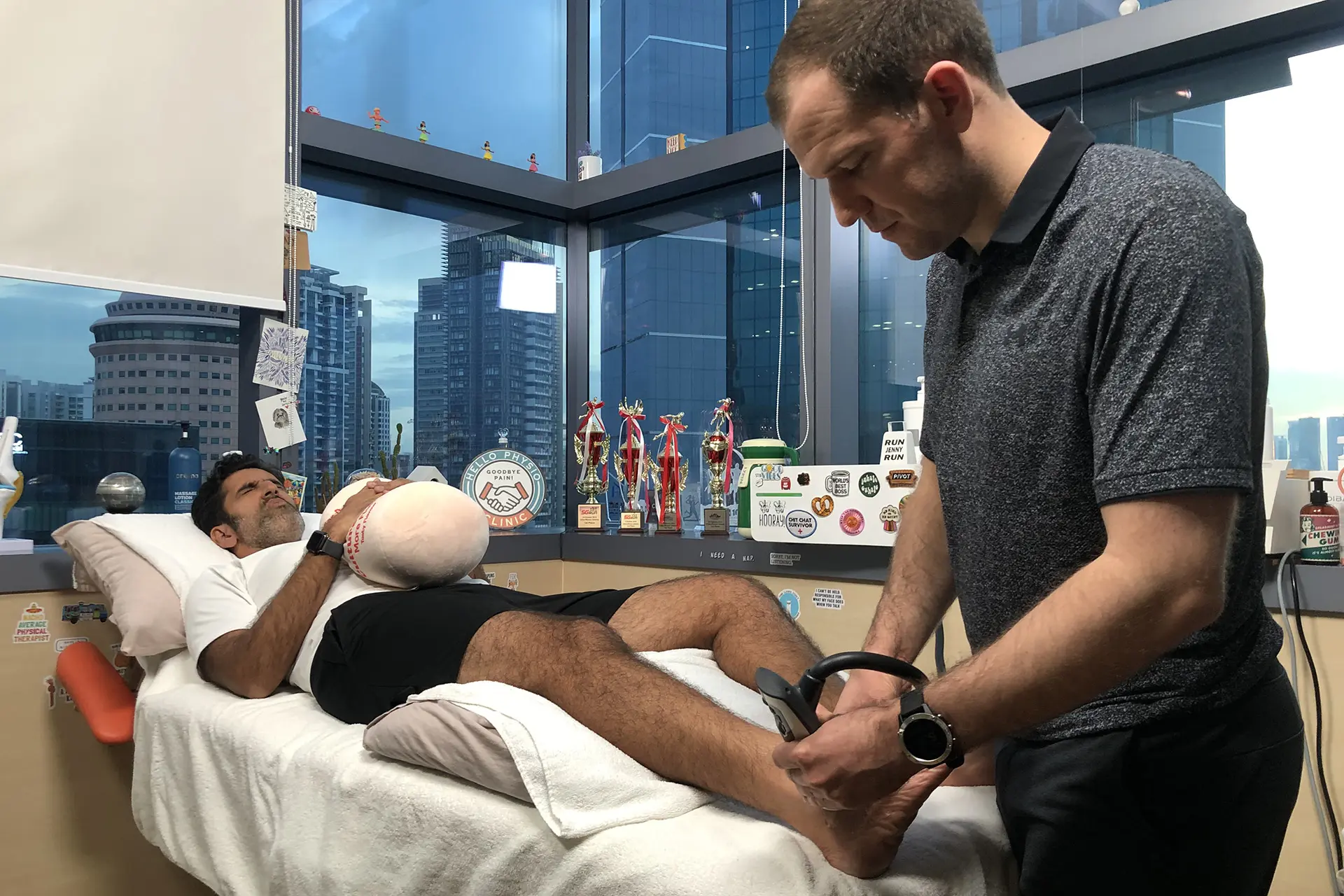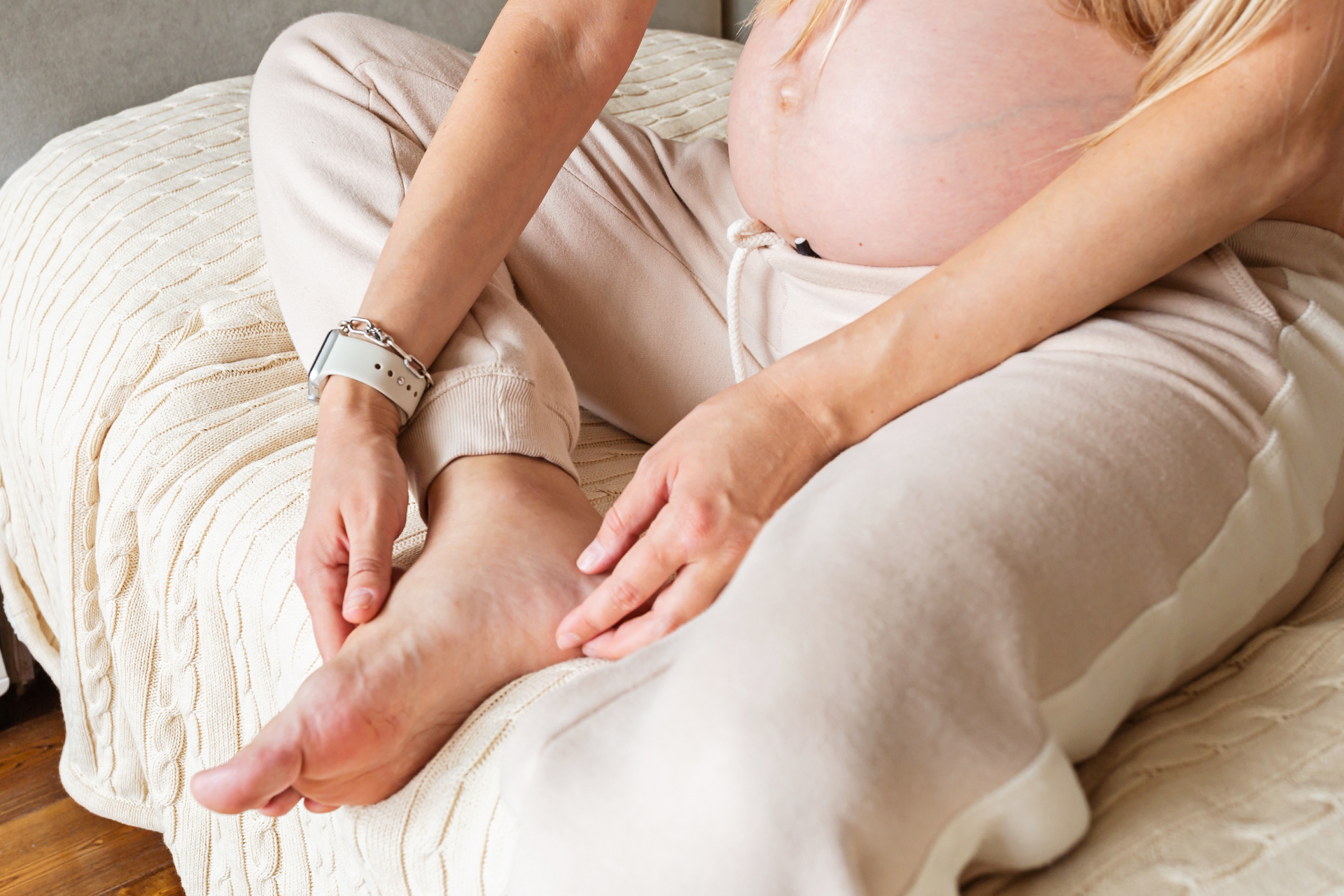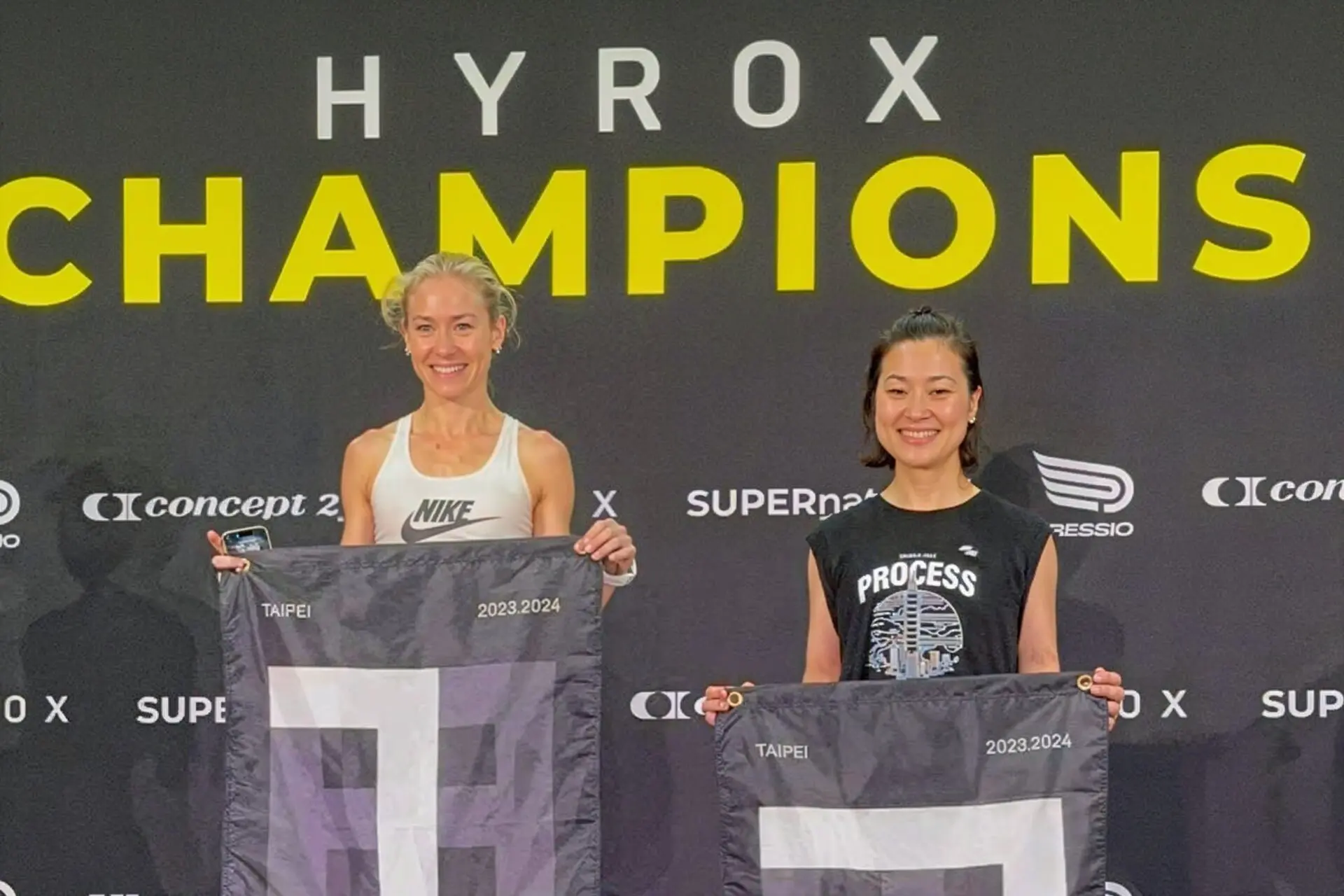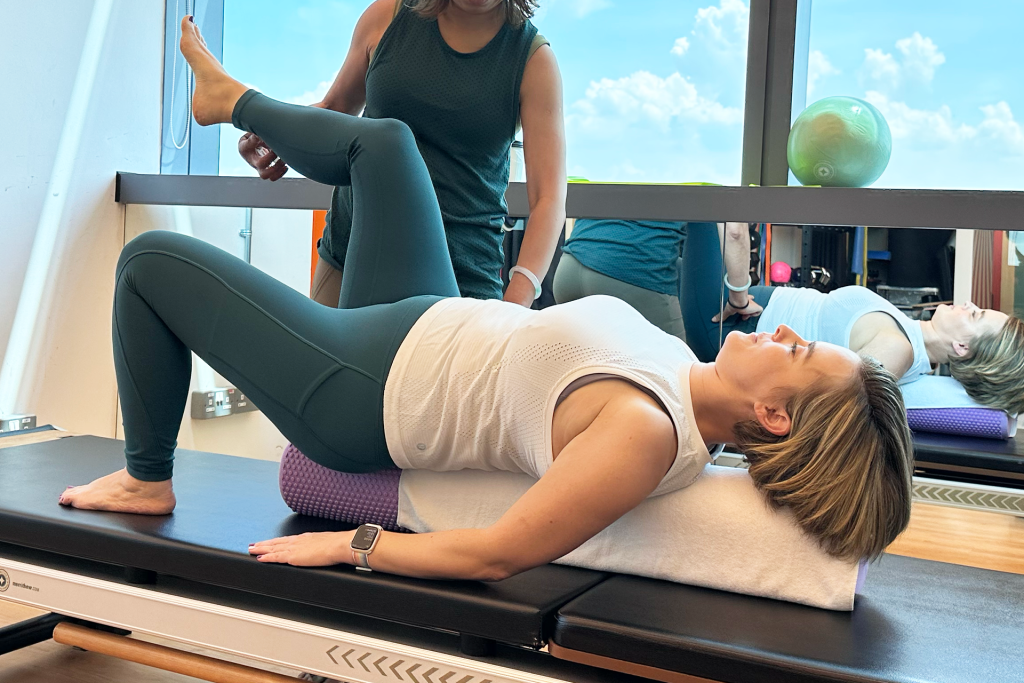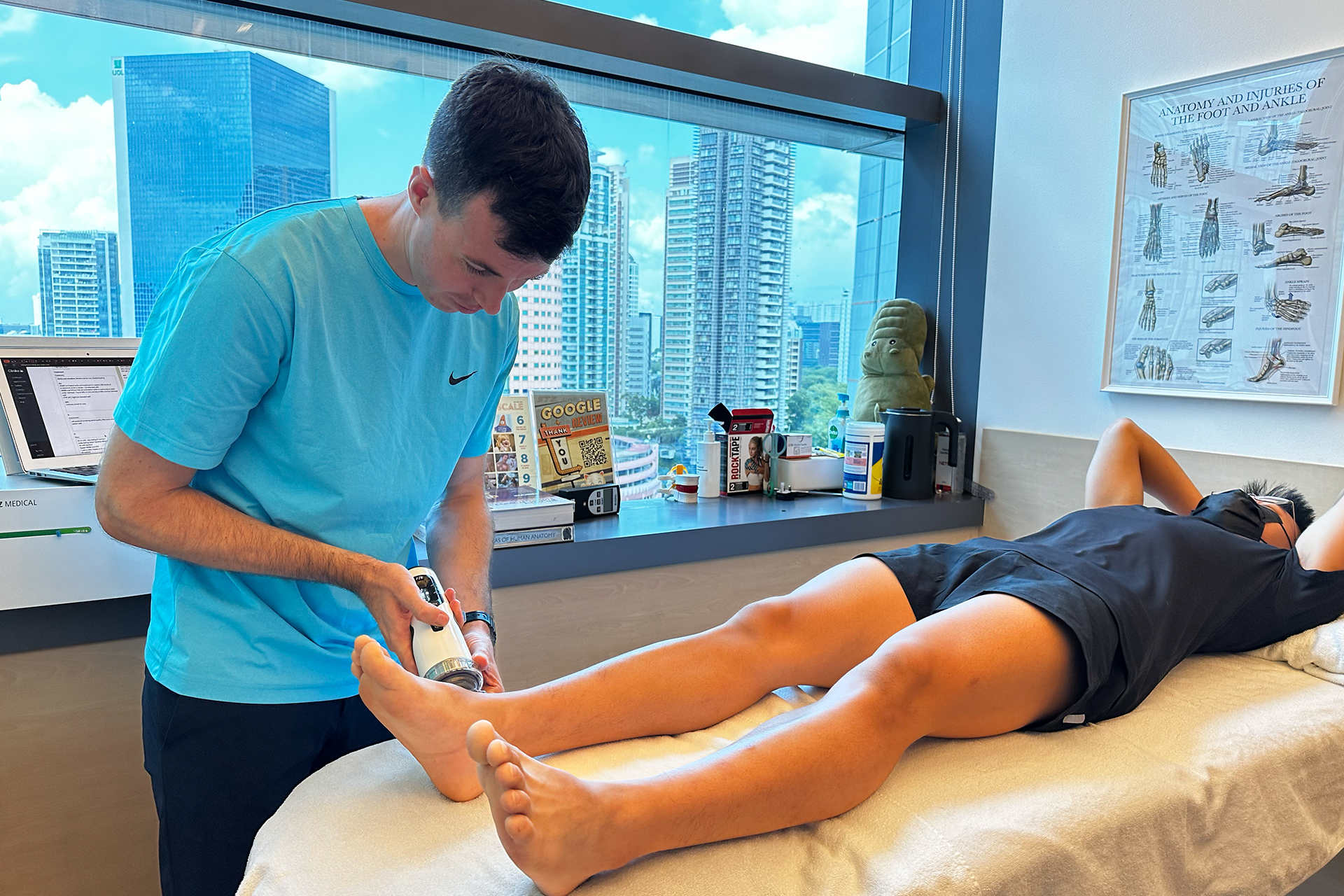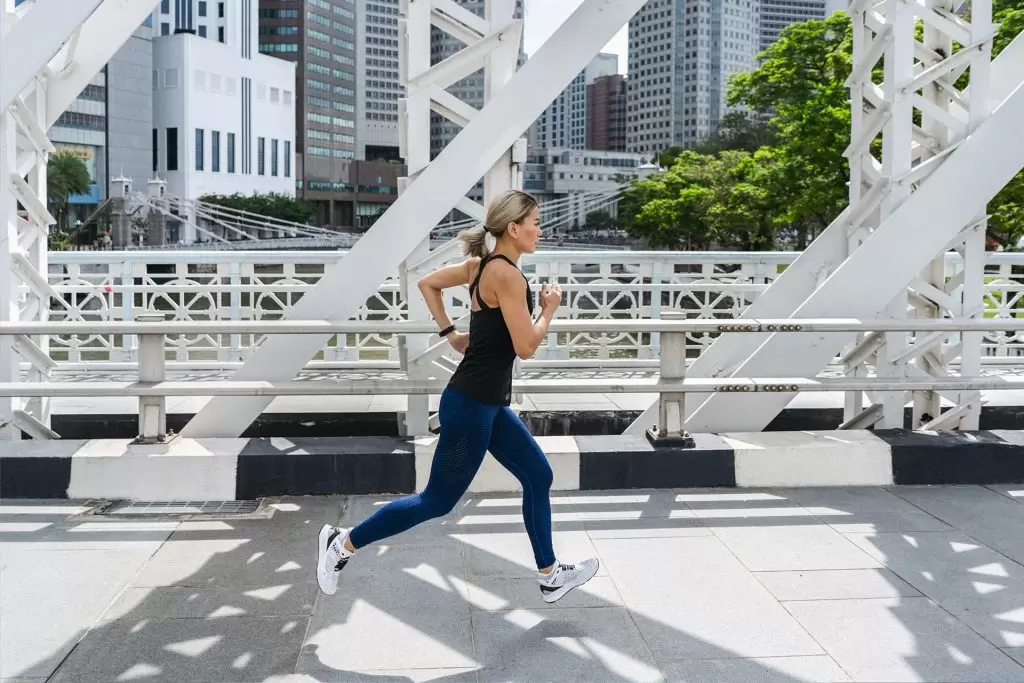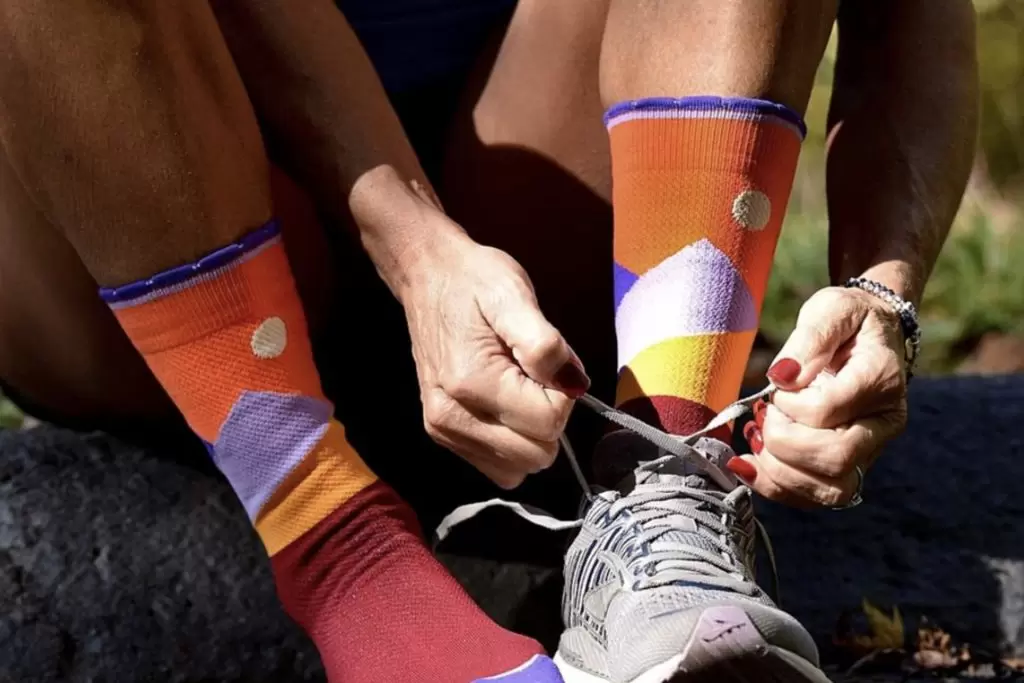One of the core philosophies at HelloPhysio is empowering patients through education. We want to dispel common myths about biological differences and offer treatments for runner’s knee for both men and women at our sports physiotherapy clinic.
Women have been told that the female runner’s body is different to their male counterparts’. If you’ve read articles perpetuating the notion that these disparities are biological ‘flaws’ that lead to higher risks of injuries and pain, read on as we debunk some of these myths.
But first, let’s get into what causes runner’s knee.
Patellofemoral pain can be caused by a variety of circumstances, specifically overuse. Runner’s knee typically exhibits as anterior knee pain where the lower femur intersects with the patella bone.
The quadriceps and patellar tendon expand and contract in repetitive movements creating friction and inflammation that causes pain. This stiffness in the front and around the kneecap make climbing stairs, squatting, kneeling, and doing other daily tasks difficult.
Medications and injections can help with inflammation and acute discomfort, but they are not the long-term solution for knee pain treatment. The symptoms will return if you don’t get the trusted advice from a healthcare provider.
Being More Quad Dominant Leads to Knee Pain
The belief that women are typically more “quad dominant” than men perpetuates the idea that women need to activate their quad muscles less by shifting strength training only to their glutes and hamstrings. This idea is contrary to research that suggest that weak quad muscles are actually a predictor of knee pain in runners.
Strong glutes and hamstrings are a bonus, but with all things in life, balance is key to help avoid running injuries. For female athletes, hip and knee strength training can help bring your lower limbs into a working balance, which also helps to strengthen your core.
By working on building strength all around, this reduces the chances of lower limb injuries while training by finetuning overall neuromuscular control. By strengthening the ankle, calves and lower limbs, women can reduce the chances of overuse injuries like runner’s knee, shin splints or plantar fasciitis.
Wider Pelvis Attributes to Knee Pain
Women tend to have wider hips than men. The belief that hip width causes knee pain and that structural anatomical difference leads to a higher risk of chronic overuse injuries like runner’s knee is simply wrong.
There’s an idea that a woman’s wider hips increases the pelvis angle in relation to the knee leading to increased incidence of injuries in women athletes. Although a woman’s biomechanics function slightly different from a man’s, the greater angle of the pelvis as related to the knee in men and women of similar sizes are minimal and pose virtually no addition risk when it comes to the incidence of greater injuries in female runners.
Women’s Hormones Increase the Risk of Injury
Hormones make the female body more vulnerable to injuries sets the wrong tone for women about natural hormones that proliferate in both females and males.
Estrogen receptors are present in all musculoskeletal tissues including muscle. They are directly related to bone health and flexibility. In muscles, estrogen does play a role to improve muscle mass and strength by increasing the collagen of connective tissues. As we grow older, both men and women begin to experience degenerative loss of muscle mass and strength and that’s simply a condition of an aging human body.
Staying consistent with training, muscle strengthening programs, and allowing yourself enough time to recover (sleep is essential to recovery) will make it possible to reduce your risk of running injuries for both women and men alike.
How Can Sports Physiotherapy Help with Runner’s Knee Pain
Running and other physical activities are usually not the cause of knee pain and swelling but rather imbalances in the body. Educating patients with the right information is the first step to empowering our sports therapy clients at HelloPhysio without the disempowering messages of differences in gender or anatomical body structure. Our bodies are made to move and adapt brilliantly to whatever challenges it faces, but this doesn’t mean that we have to stay in perpetual pain.
If you’re already suffering from knee pain, you might think your inflamed knee may be too sore to start physical therapy.
With adjunctive therapies like INDIBA Activ at HelloPhysio, our physiotherapists can help to significantly decrease pain typically in the first session by reducing the inflammation. Through biostimulation, vascularization and hyperactivation, this radiofrequency therapy activates the cells metabolic rates, improves blood flow, oxygenates tissues and encourages collagen production by increasing the nutrient uptake to the connective tissues. This, in turn, helps joints move more fluid, thus breaking the pain cycle.
Our sports injury clinic combines leading technology with strengthening programs like Pilates as a complementary treatment for the runner’s knee. Our rehab team can tailor strategies to help address underlying issues like muscle imbalances that can lead to chronic pain or acute soft tissue injuries to prevent future knee pain.
HelloPhysio provides comprehensive assessment and runner’s knee treatment of pain in females – and males! – athletes. If you are experiencing pain while running or participating in other activities, don’t hesitate to contact us today for a consultation on how to treat runner’s knee. With our team of physiotherapists and rehab specialists on your side, our sports physiotherapy clinic can help you return to optimal pain-free running.

